Small garden fences are more than mere boundaries; they define style, provide privacy, and protect delicate plantings without overwhelming the space. From traditional picket styles to innovative living borders, the right fence can transform even the tiniest plot into an organized, inviting retreat. Budget-friendly options such as hog wire or split rail offer functionality, while decorative arbors and planter-box fences introduce vertical interest and greenery. Natural materials like bamboo and wattle blend seamlessly with lush foliage, and composite or metal designs bring modern flair. Whether you prioritize wildlife exclusion, visual appeal, or support for climbing plants, there is a small-fence solution to enhance your garden’s character and usability.
1. Classic White Picket Fence
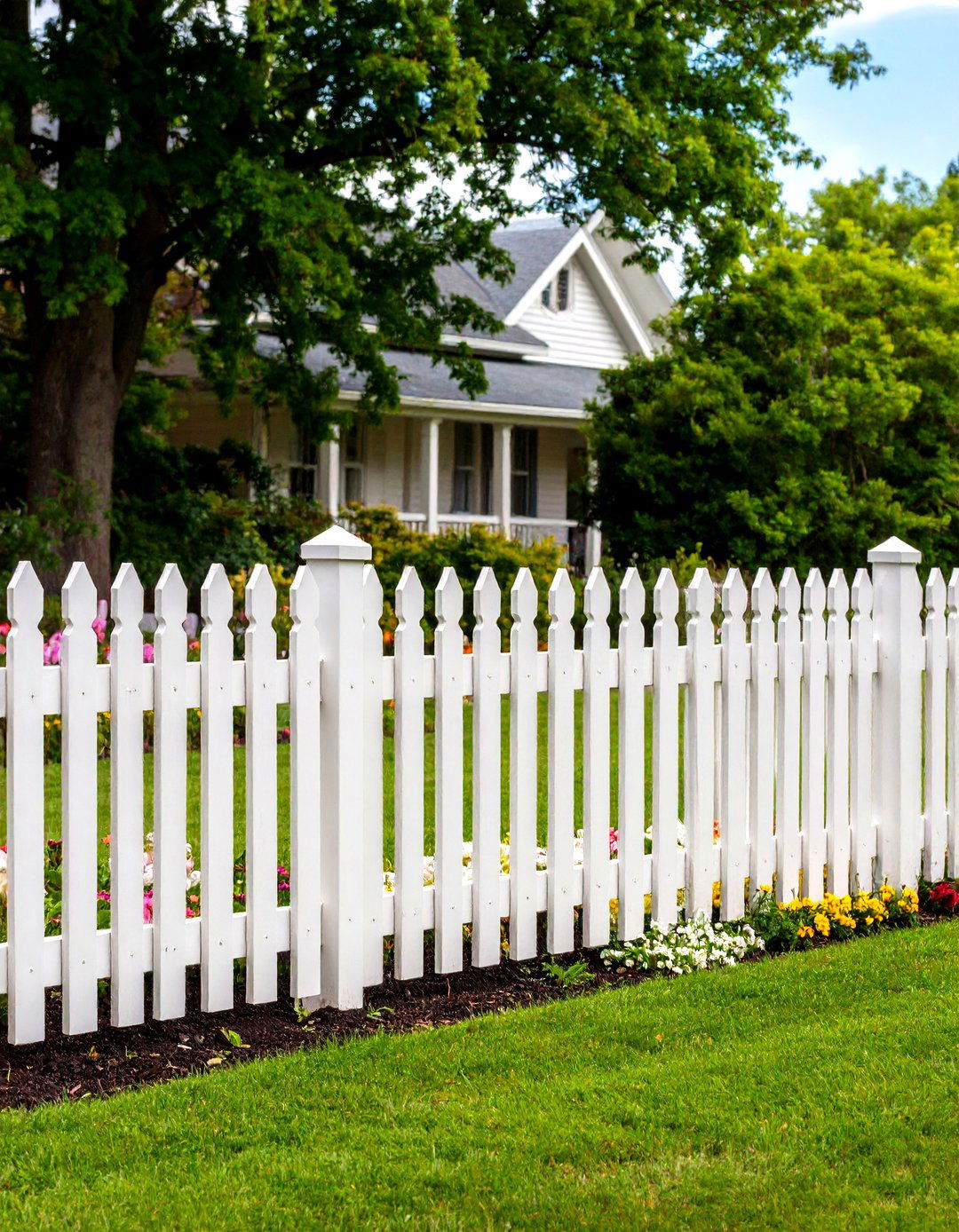
A classic white picket fence remains one of the most iconic small-garden boundaries, offering a charming, timeless look. Constructed from painted wood, its evenly spaced pickets create a welcoming border that frames flower beds or pathways while still allowing glimpses of greenery beyond. Though primarily decorative, a 3-foot-tall picket fence can deter medium-sized pets and foot traffic, and its low height ensures sunlight reaches surrounding plants. Regular maintenance—sanding, priming, and repainting every few years—keeps the fence bright and durable, preserving its quintessential appeal in cottage, country, or modern garden designs.
2. Split Rail Fence
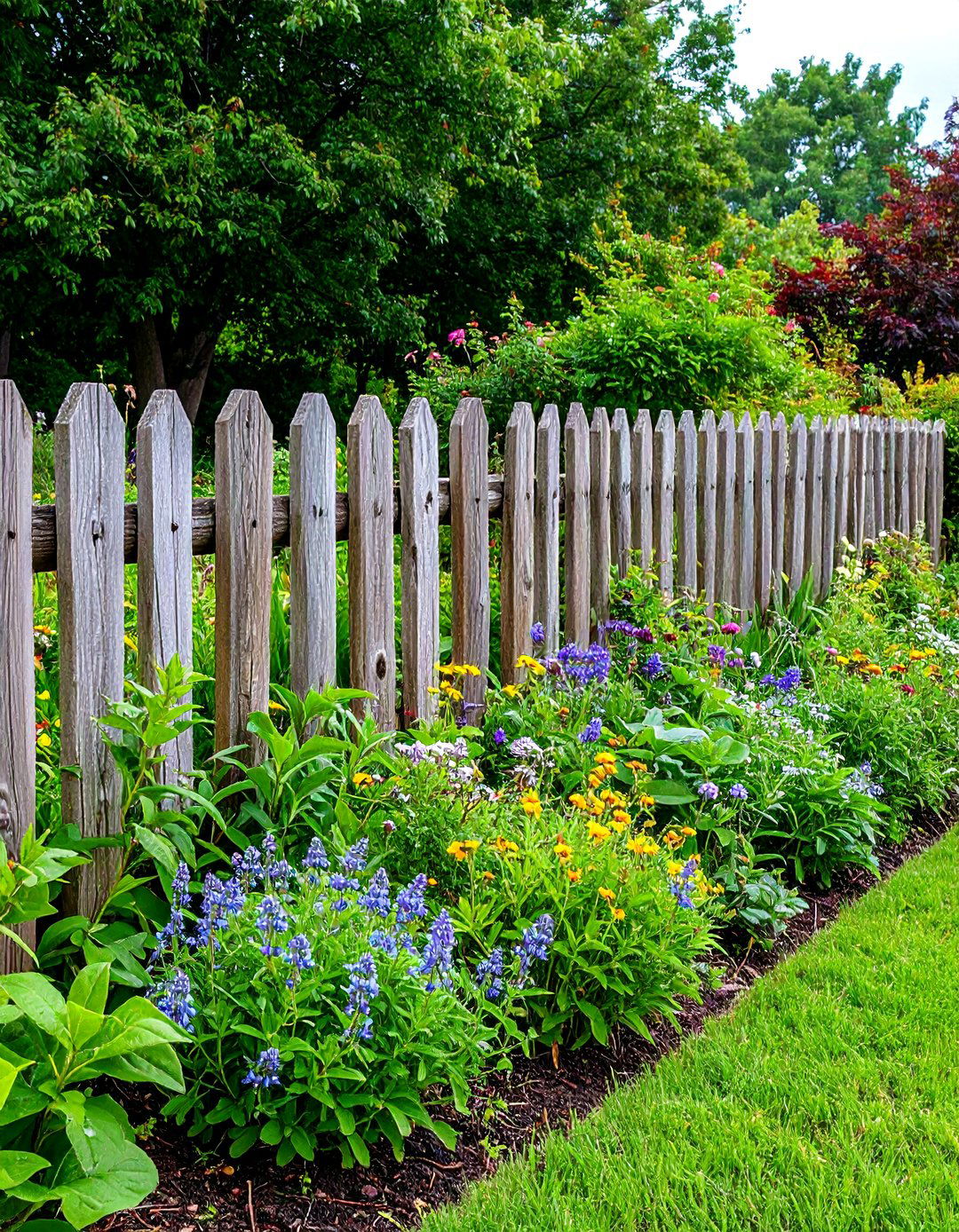
Split rail fencing offers a rustic yet understated boundary, crafted from round or sawn timber rails slotted between vertical posts. Its open design requires less material, making it an economical choice for marking garden perimeters without obstructing sightlines. Ideal for small properties with country or farmhouse aesthetics, the broad gaps between rails allow low-growing plants to spill through, softening the fence’s profile. Split rail installations often cost between $12 and $30 per linear foot, requiring minimal upkeep beyond occasional staining or repair of damaged rails, and they integrate effortlessly with informal landscapes.
3. Streetside Lattice Fence
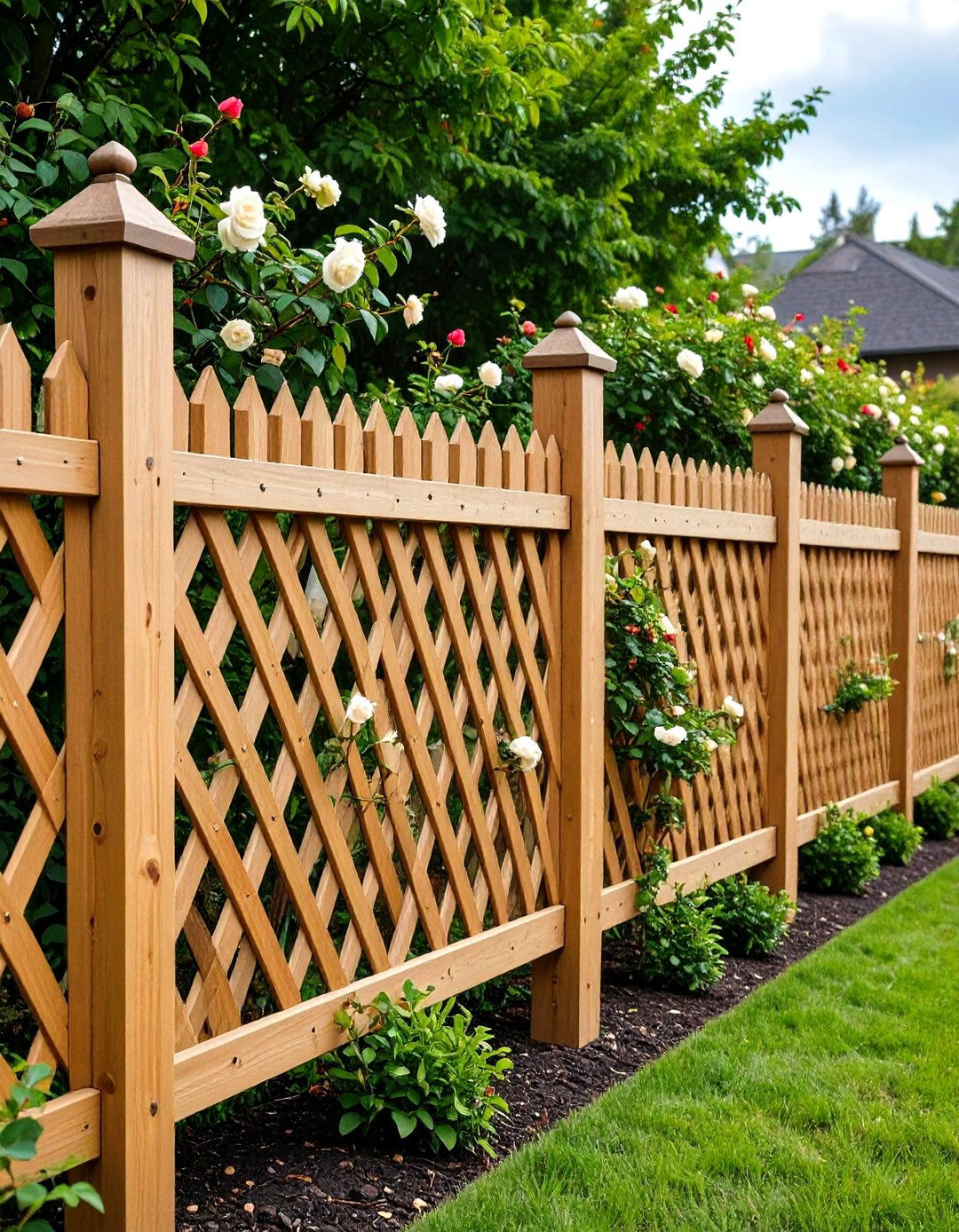
A streetside lattice fence combines privacy and decoration, utilizing crisscrossed wood strips to form diamond-shaped openings. At approximately 4 to 6 feet tall, lattice panels shield the garden from passersby while permitting airflow and dappled light—essential for plant health. Vines such as clematis, climbing roses, or beans readily latch onto the lattice, turning the fence into a vertical green wall over time. Capped posts with decorative finials or balls add a refined touch, making lattice fencing a versatile solution for narrow side yards or patios where both seclusion and an airy feel are desired.
4. Rustic Wattle (Willow) Fence
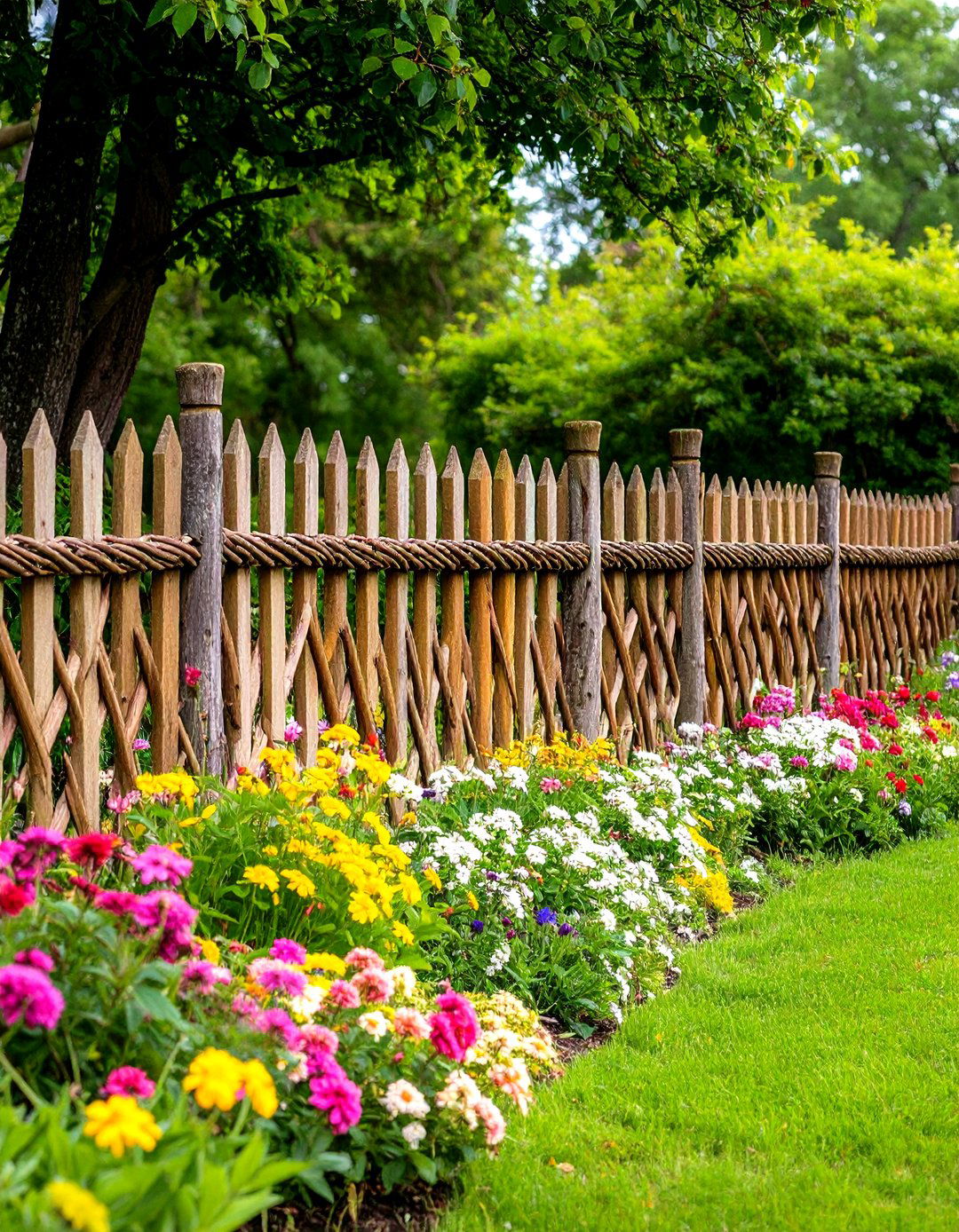
A rustic wattle fence, built by weaving flexible willow or hazel rods between wooden stakes, offers a fully natural barrier that blends into garden surroundings. This traditional technique requires no nails or screws—just freshly cut rods woven in alternating patterns for sturdy construction. Standing about 2 to 3 feet tall, wattle fences are perfect for edging flowerbeds, herb plots, or raised beds. They age gracefully, turning silvery gray over seasons, and can be rebuilt or expanded using prunings from one’s own trees or shrubs, making them both eco-friendly and budget-conscious.
5. Bamboo Screening Fence
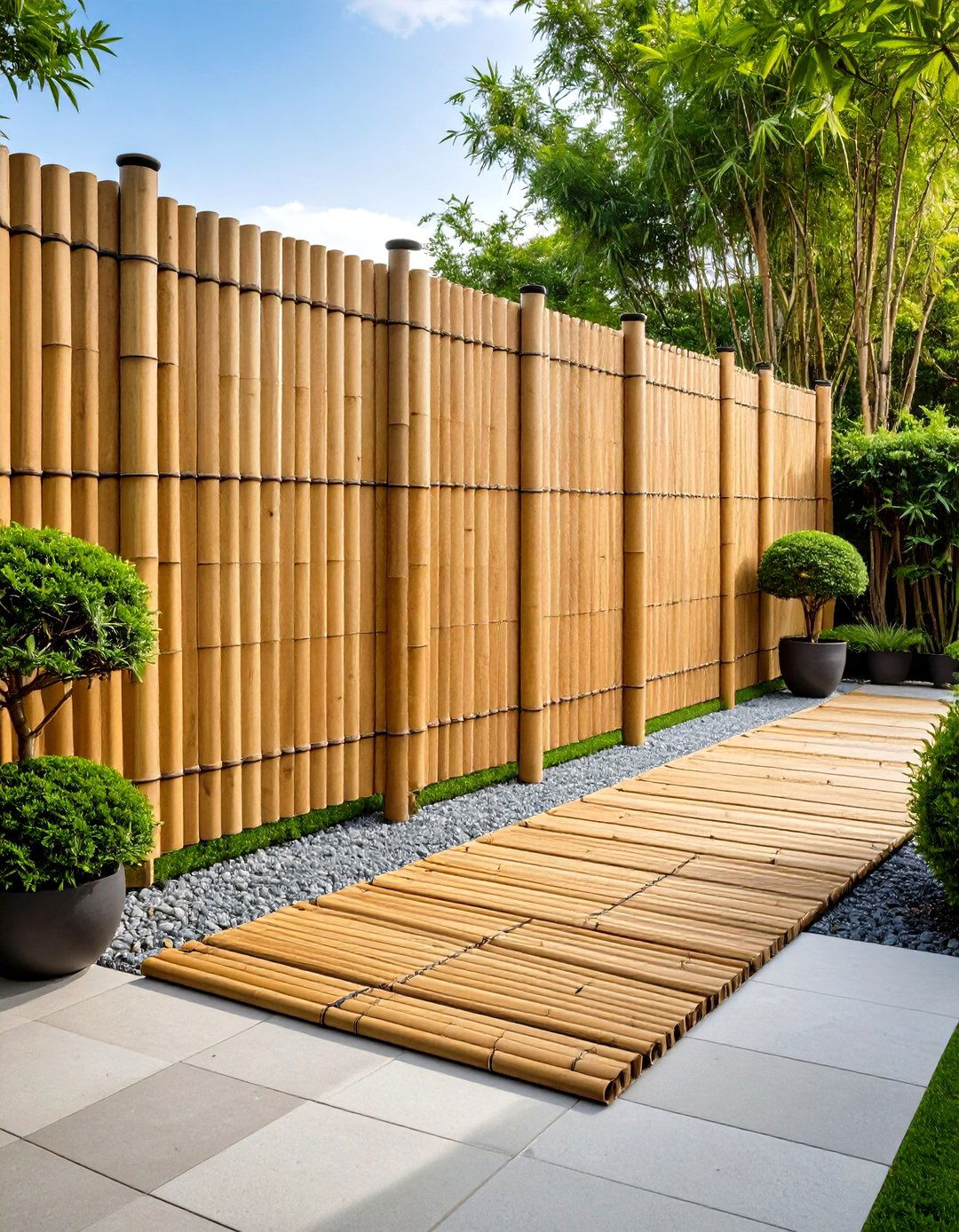
Bamboo screening provides a lightweight, natural-looking privacy fence option that installs easily by affixing rolled bamboo panels to existing posts or fences. Available in various heights—typically 4 to 8 feet—the dense bamboo slats block sightlines and offer a tropical vibe suited for modern or Zen-inspired gardens. Though reasonably priced (around £44.99 for a 4x2 m roll), bamboo requires annual treatment with UV inhibitors to prevent weathering and discoloration. Its slender profile is ideal for narrow plots, balcony planters, or as a decorative accent behind potted plant arrangements.
6. Hog Wire Fence
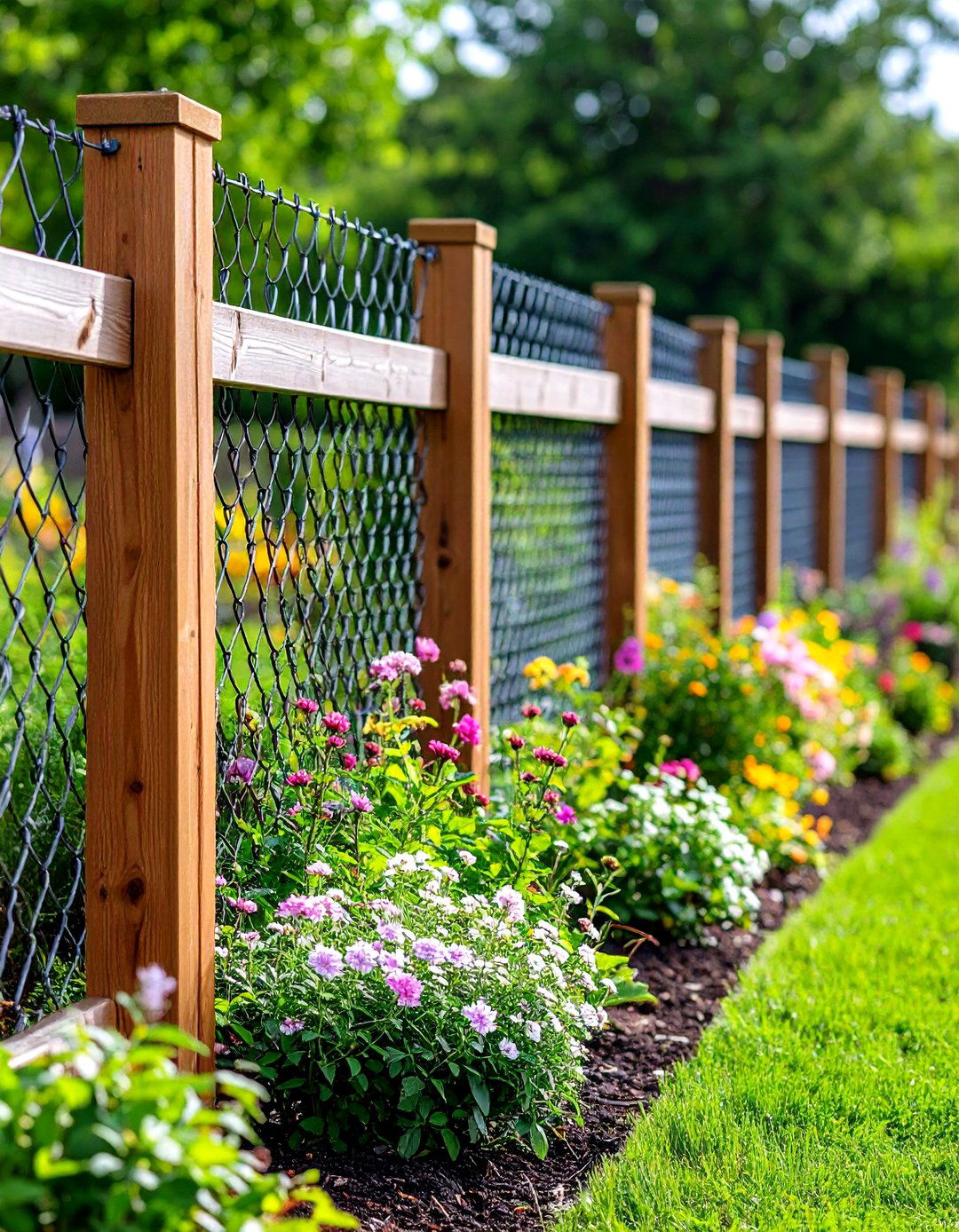
Hog wire fencing uses heavy-gauge steel panels with rectangular openings, offering a cleaner, sturdier alternative to chicken wire. At 2 to 3 feet tall, hog wire fences excel as decorative borders around flower beds, small vegetable plots, or patio edges, keeping pets and small wildlife at bay. The rigid panels attach easily to wood or metal posts with U-bolts or staples. Its minimal visual obstruction ensures gardens feel open, while the industrial look complements modern and farmhouse styles alike. Costs typically range from $3 to $5 per linear foot, making hog wire an affordable, long-lasting choice.
7. Tall Planter Box Fence
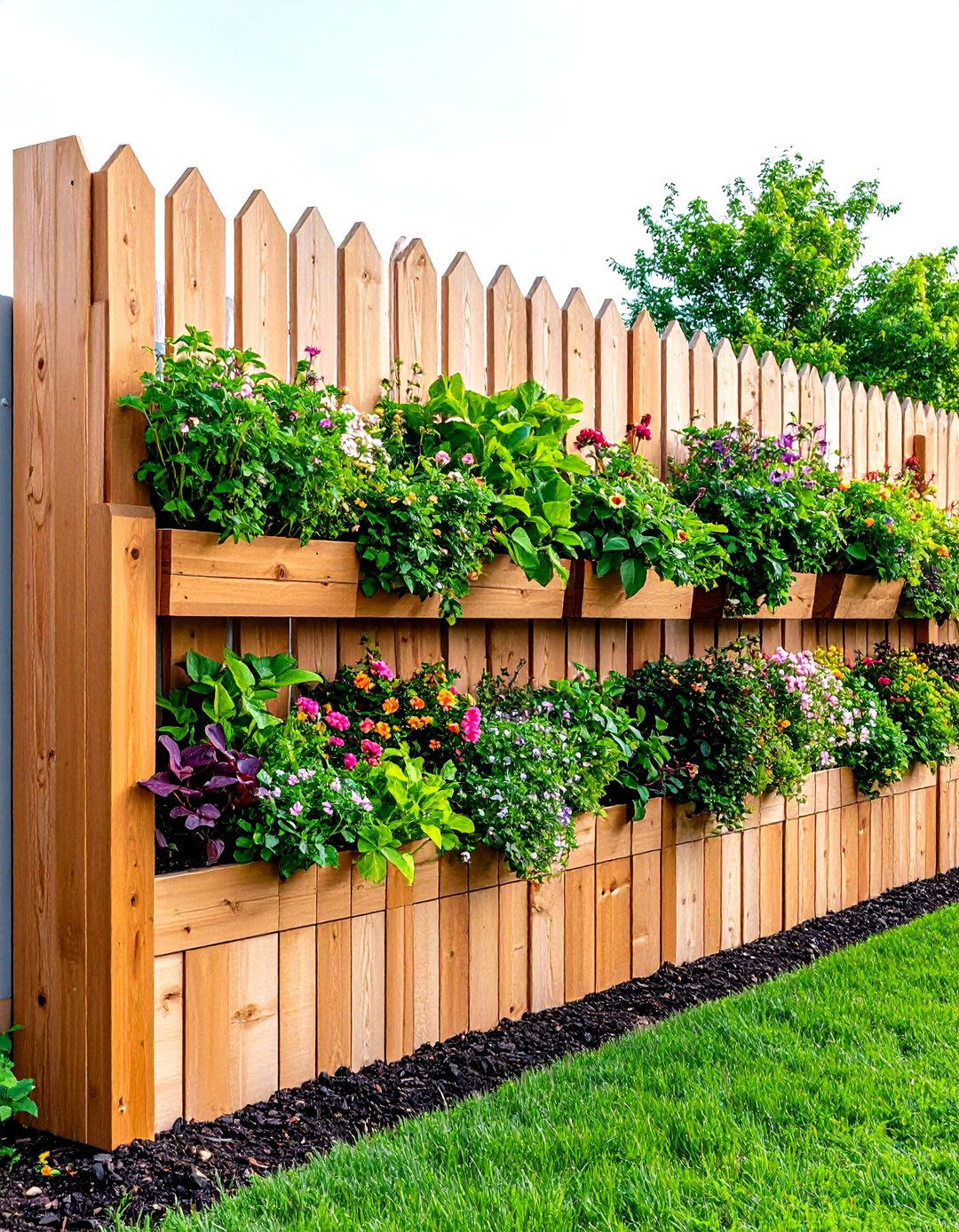
Tall planter boxes double as chic fencing by aligning a series of raised beds or containers along a garden’s edge. Crafted from wood, metal, or composite materials, these planters stand 2 to 3 feet high and can be filled with cascading plants or colorful annuals, creating a living barrier that brings instant greenery and height. Beyond defining space, they offer easy access for gardening and can host herbs, succulents, or trailing vines to further soften the boundary. Planter fences adapt to sloped terrain and can be customized in length and shape to fit any small garden layout.
8. Wrought Iron Fence
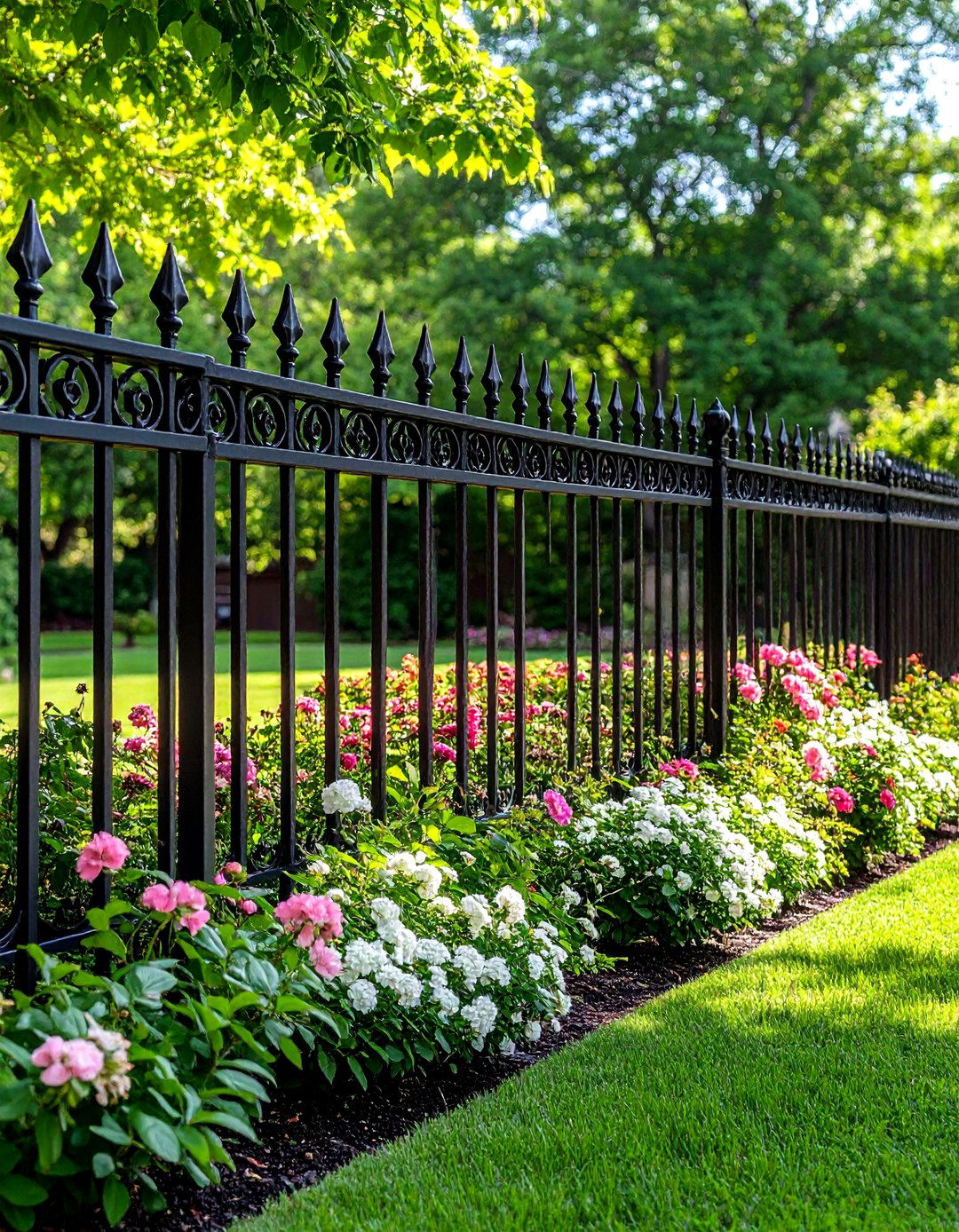
A wrought iron fence introduces an elegant, durable border with slender pickets and ornate scrollwork. Though pricier (around $25–$35 per linear foot), its weather-resistant build and timeless appeal make it a lasting investment. Small-garden installations often feature 3- to 4-foot panels that secure into the ground with set posts or base plates. The open design doesn’t impede views, allowing the fence to act as a decorative frame for lush plantings. Powder-coating ensures low maintenance, and intrepid gardeners can lean climbing roses or vines against the posts for added charm.
9. Steel Fence
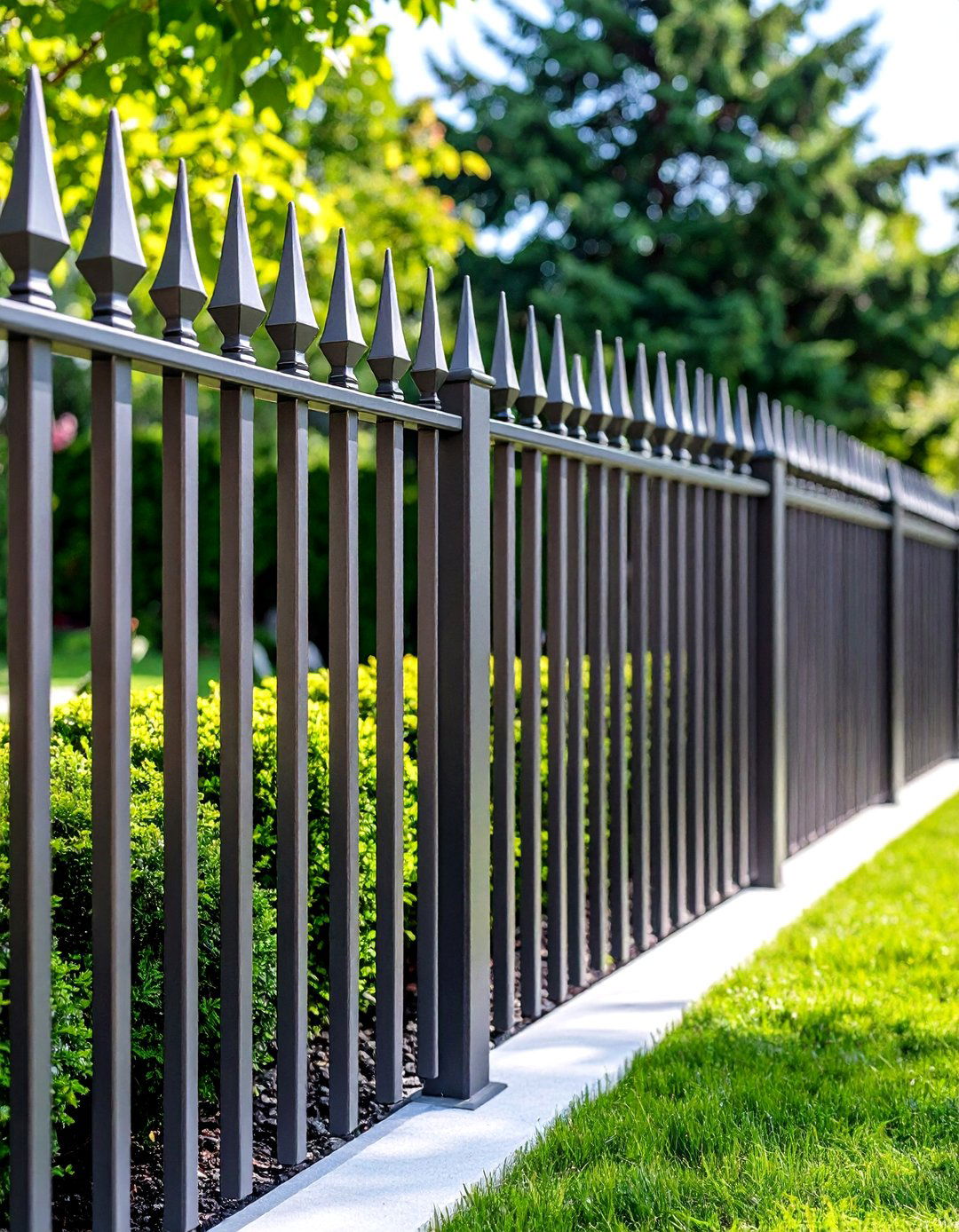
Steel fences—often painted black with simple vertical bars and spiked finials—lend a Victorian or modern-industrial flair to small gardens. Prefabricated panels measuring 3 to 5 feet tall install quickly on concrete or grassed sites. Their sleek lines provide security and delineation without creating a heavy visual barrier, and they’re robust against pets and pests. Combining a steel fence at the front with a taller wooden privacy fence at the rear can create depth and layered interest in confined spaces, balancing openness with enclosure.
10. Vertical Garden Trellis Fence

A trellis fence merges fencing and vertical gardening by integrating wire or lattice panels directly onto fence posts. This hybrid supports climbing vegetables, flowers, or trailing greenery, maximizing planting space in compact gardens. Trellis fences can reach 6 to 8 feet high, providing both privacy and productive growing area. Lightweight metal or wood frames secure netting or laths spaced every few inches to guide plant growth. Seasonal coverage by vines like beans, cucumbers, or jasmine turns the fence into a living screen, enhancing biodiversity while conserving ground space.
11. Rustic Cedar Slat Fence
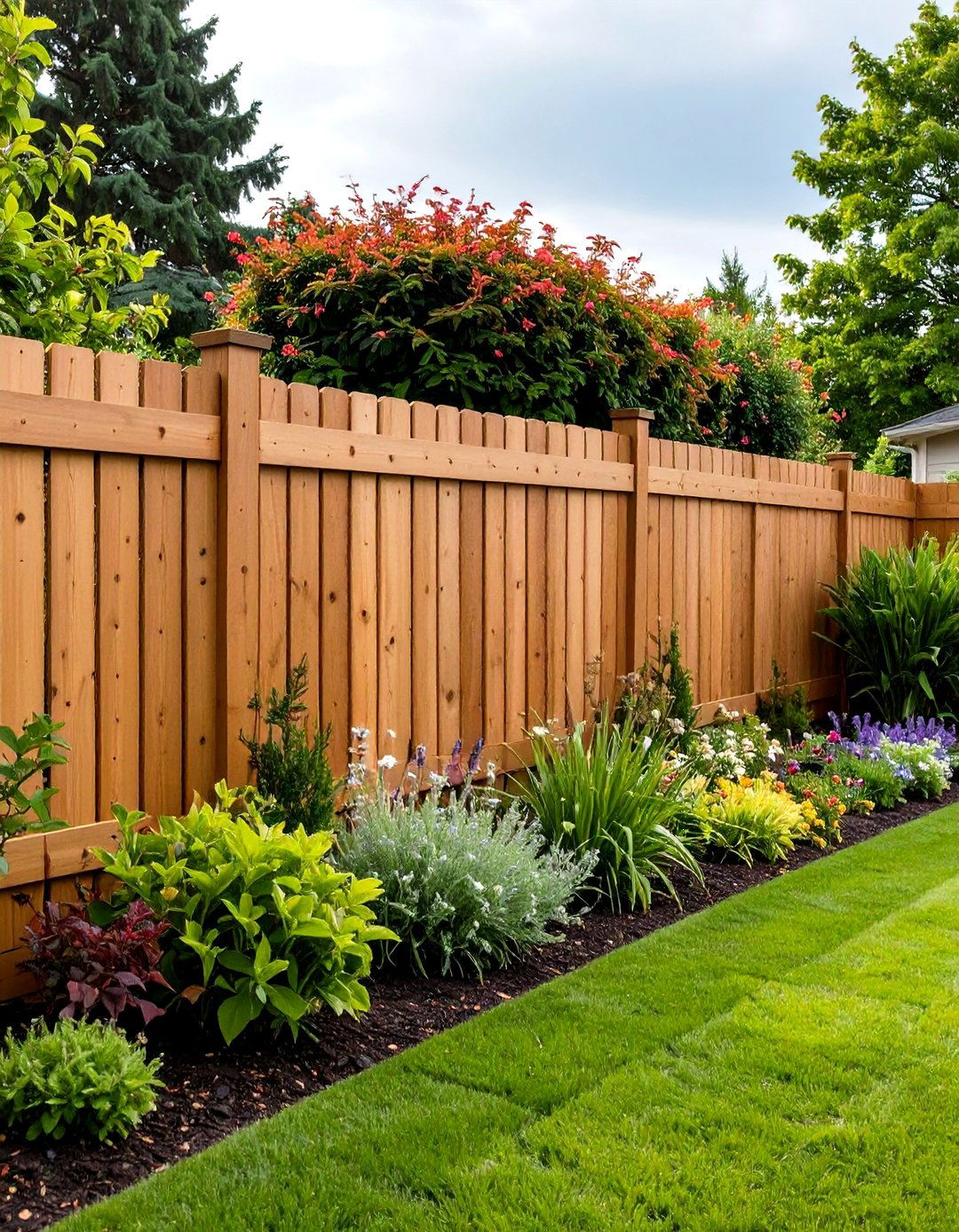
Rustic cedar slat fencing uses horizontally arranged cedar boards spaced slightly apart for a contemporary, warm-toned barrier. Cedar’s natural oils resist rot and insects, ensuring longevity without chemical treatments. A 4- to 6-foot fence blends privacy with light filtration, as the small gaps create a soft interplay of shadows. The wood naturally weathers to a silvery hue, offering low maintenance. Cedar’s rich grain and texture complement modern minimalist gardens or rustic natural landscapes, making the fence both functional and an aesthetic focal point.
12. Living Hedge Fence
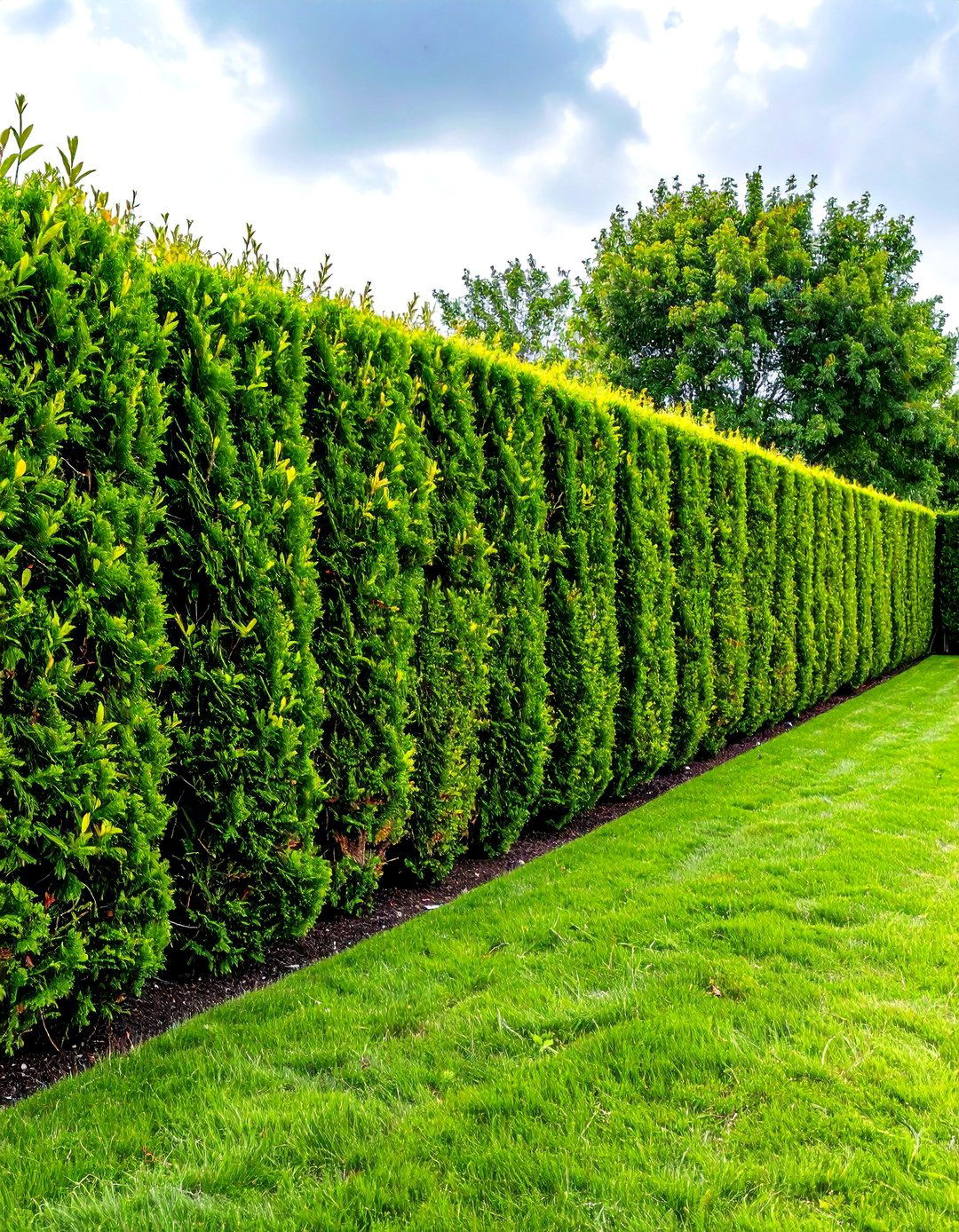
For a fully natural boundary, plant a row of dense evergreen shrubs—such as arborvitae or boxwood—2 to 3 feet apart to form a living hedge. Over several seasons, the shrubs interlock to create a solid, wildlife-friendly screen that provides privacy and noise reduction. Arborvitae in particular grows vertically, reaching 6 to 10 feet, and requires minimal pruning. Unlike static fences, living hedges improve ecosystem health, offering habitat and foraging for birds and beneficial insects while softening the garden’s edges.
13. Composite Material Fence
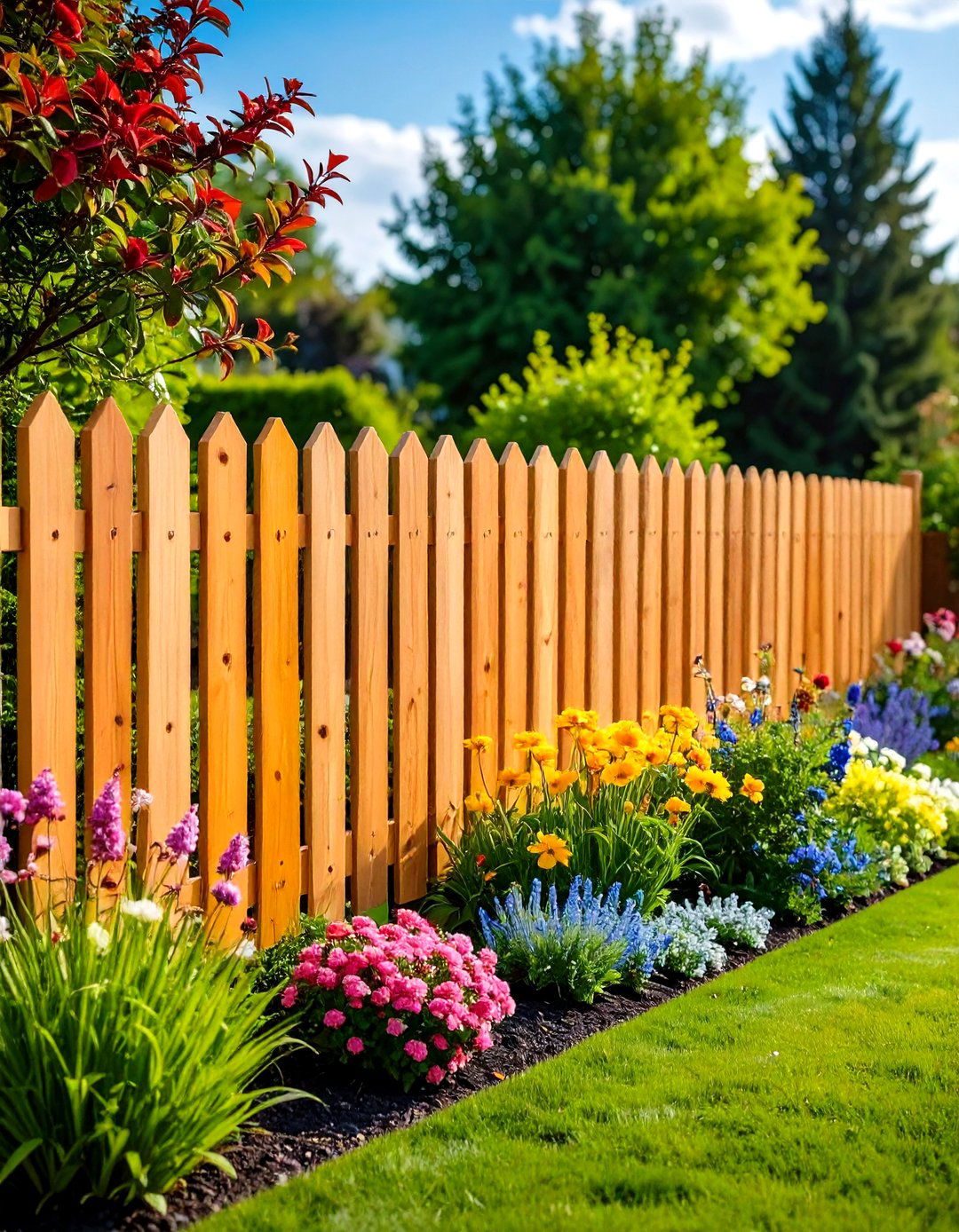
Composite fencing—made from recycled wood fibers and plastics—combines wood’s natural look with plastic’s durability. Panels often come preassembled in 4- to 6-foot heights, requiring only post installation. Composite resists warping, rot, and insect damage, offering a maintenance-free alternative to traditional wood. The material is available in various colors and textures, from smooth to embossed woodgrain. Its consistent panels deliver a sleek, uniform appearance ideal for contemporary small gardens that demand longevity and minimal upkeep.
14. Wood and Wire Panel Fence

Wood and wire panel fences frame welded wire or hog-wire mesh within sturdy wood posts and rails. At 3 to 4 feet tall, these panels outline vegetable patches or raised beds, keeping out rabbits and groundhogs. The wood lends warmth, while the wire provides unobstructed views and security. Panels can be staggered on slopes, accommodating uneven terrain. Leaving the wood unstained allows it to blend into the environment, and in time, vines or climbing plants can further integrate the fence into the landscape.
15. Hoops With Netting
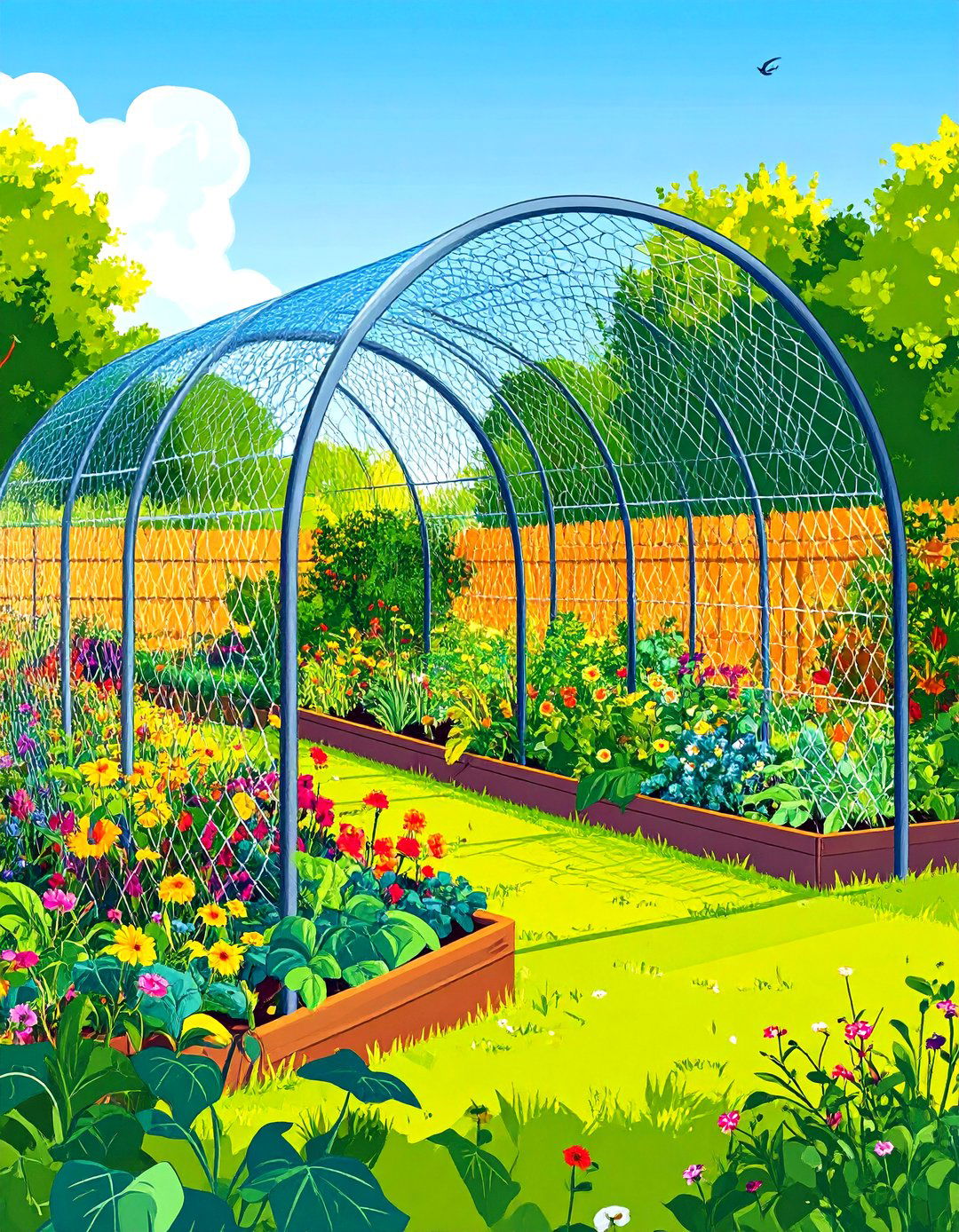
Hoop-and-net fencing uses lightweight PVC or metal hoops arching over raised beds or garden rows, covered with bird or deer netting. This temporary barrier protects ripening fruits and vegetables from birds, squirrels, and deer without permanent structures. Nets attach easily with cable ties, and hoops slot into the soil without posts. When not in use, the netting rolls up for storage. Although not a visual feature, hoop fencing is a cost-effective, flexible solution for small edible gardens requiring seasonal protection.
16. Partial Double-High Fence

Installing a double-height fence on the side facing wildlife corridors—and a standard-height fence elsewhere—conserves materials while deterring deer. For instance, a 6-foot fence along a forest interface combined with 3-foot panels around the rest of the perimeter effectively channels deer away. This hybrid approach reduces cost and visual bulk while addressing the specific direction of grazing pressure. The transition can be disguised with climbing vines or decorative trim to maintain garden harmony.
17. Cattle Fence
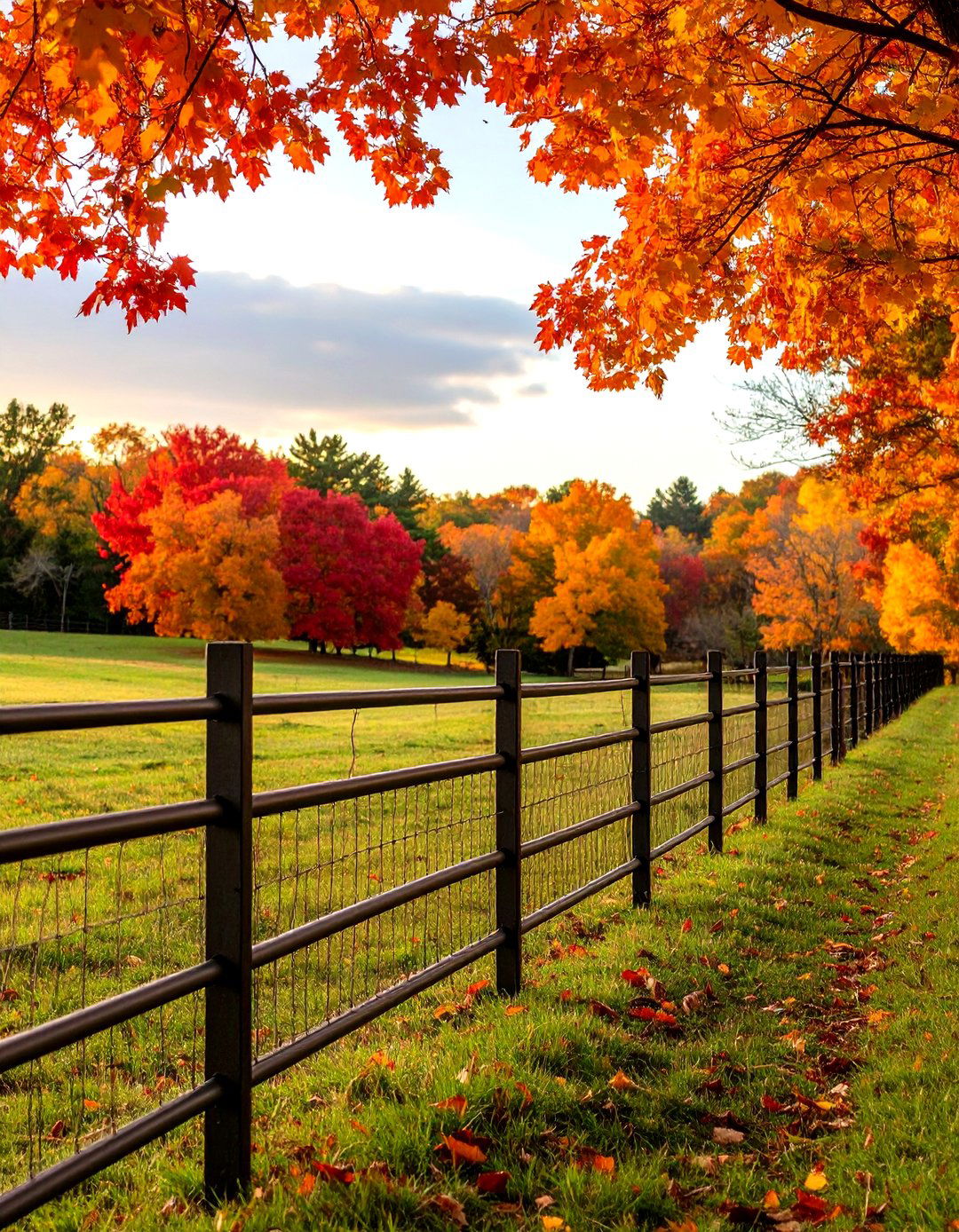
A cattle fence employs thin steel poles draped with hog or cattle wire, forming a low-profile barrier that blends into pastoral settings. Standing around 3 to 4 feet tall, it keeps out dogs and larger pests while remaining visually unobtrusive. The thin poles and tight mesh create an almost transparent screen, perfect for gardens that prioritize open sightlines. Cattle fencing suits informal, country-style plots and supports a rustic aesthetic without sacrificing function.
18. Stone-Base Privacy Fence
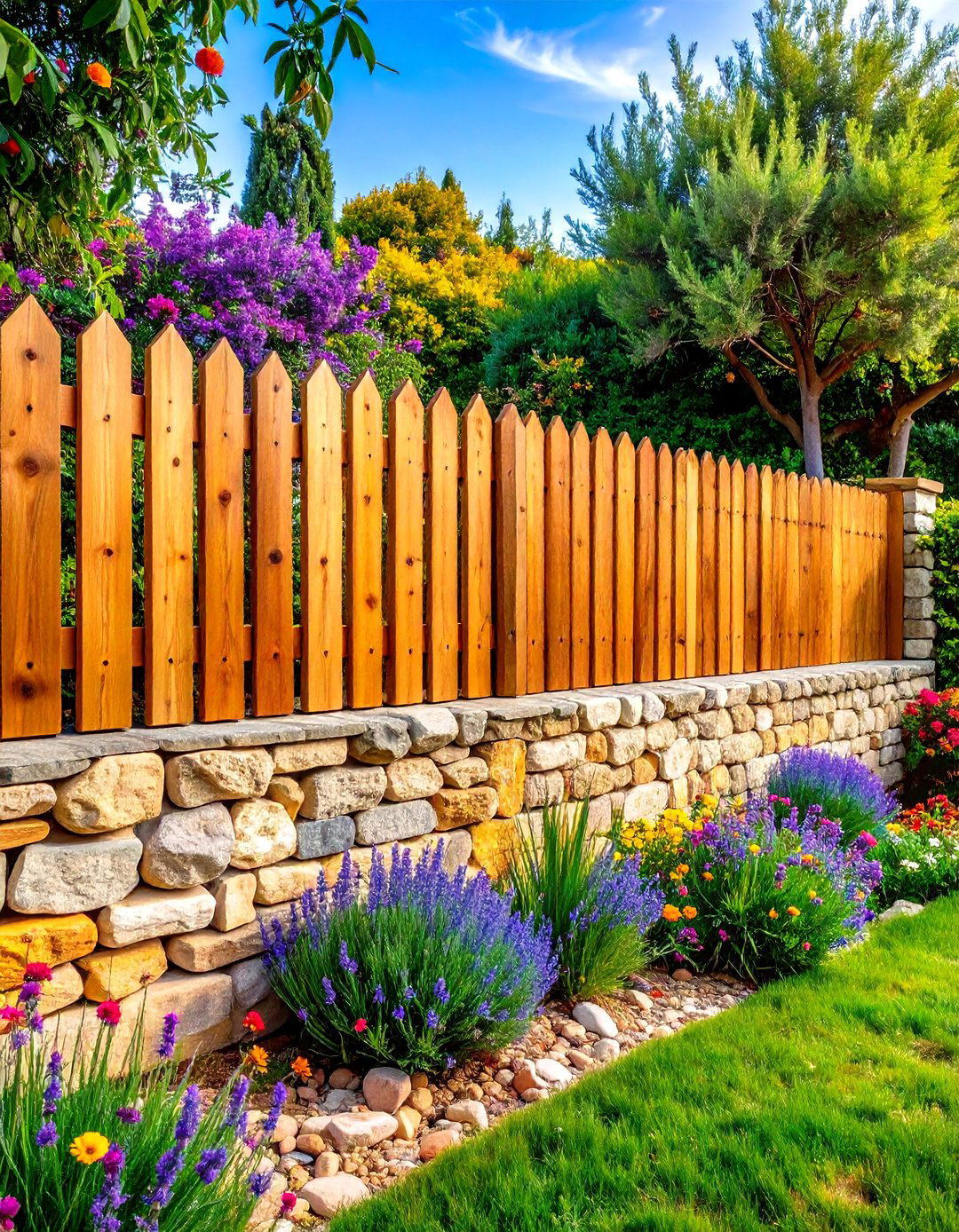
Enhancing a wooden privacy fence with a stone base adds both visual interest and rodent prevention. A low wall of natural stone or manufactured veneer 1 to 2 feet high supports horizontal wooden boards above, preventing burrowing animals from entering. The stone base ties the fence to hardscaping elements such as patios or retaining walls, creating cohesion. This hybrid design suits Mediterranean or English-cottage gardens, offering substantial privacy and a robust anchor against moisture damage.
19. Fence-Softening Garden Plan
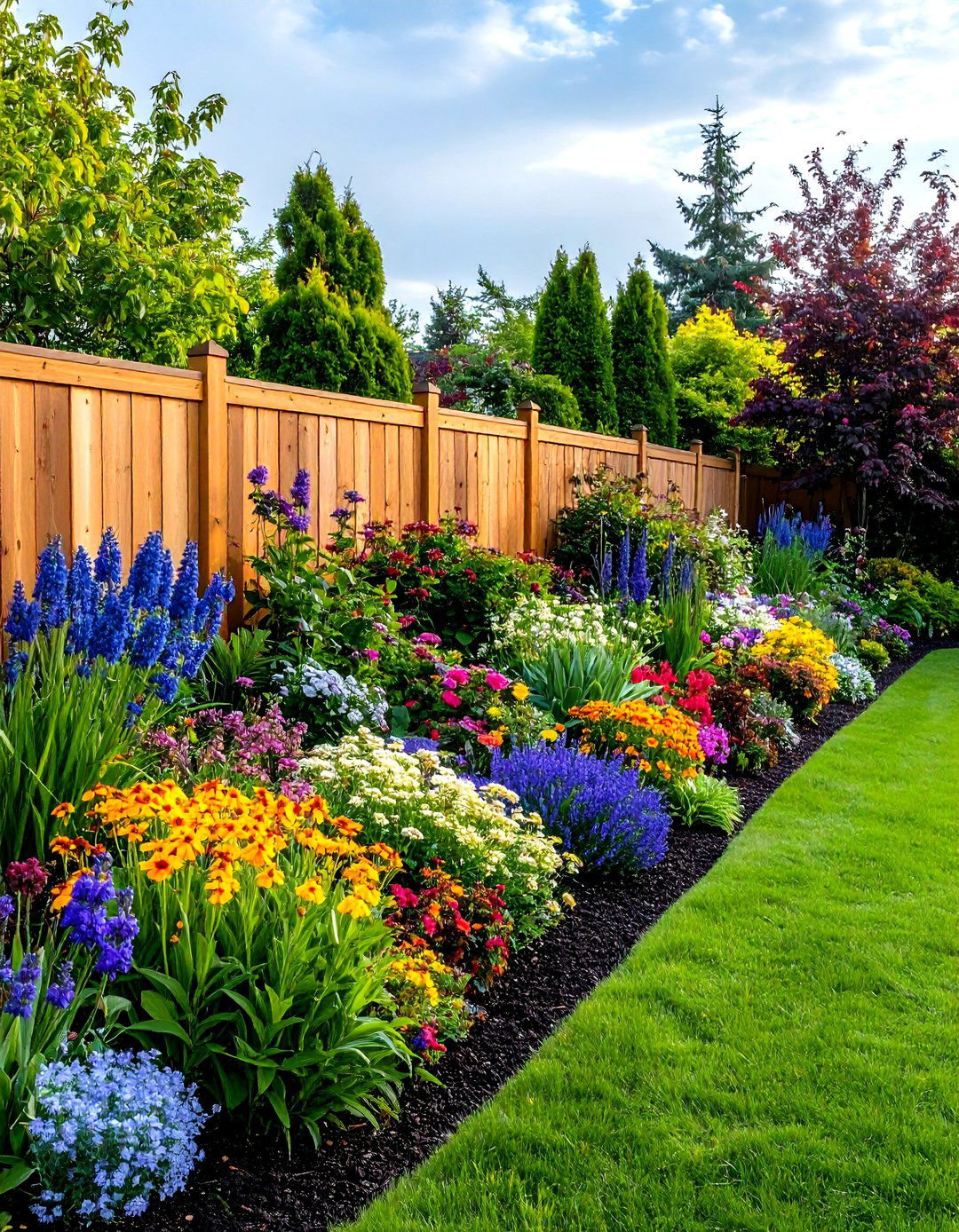
Rather than replacing a fence, planting a garden to soften its lines can transform an existing barrier. Layered plantings—tall perennials and shrubs at the back, mid-height flowers in the center, and groundcovers in front—draw attention away from harsh fence slats. Using complementary color schemes and varying textures creates a focal display. Over time, vines and sprawling plants may cloak portions of the fence entirely, integrating it into the garden fabric.
20. Arbor with Gate Fence
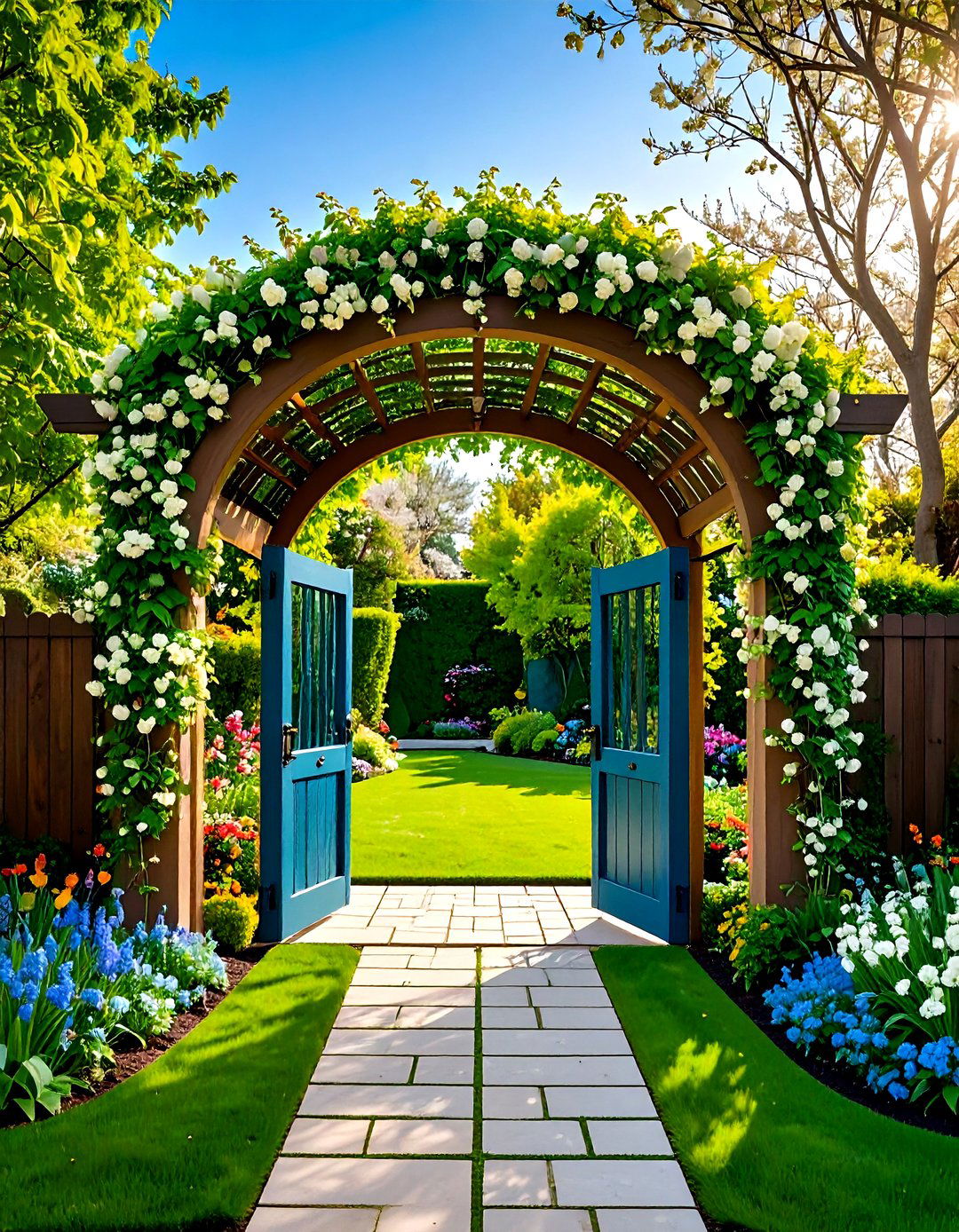
An arbor with a gate serves as both fence and garden entrance, framing pathways and defining distinct garden rooms. Arched metal or wood trellises overhead enhance vertical interest, while a simple gate controls access. Climbing plants—such as jasmine, wisteria, or climbing roses—wind around the structure, producing seasonal blooms and fragrance. Arbors range from 6 to 8 feet tall, creating a grand threshold that elevates small gardens with architectural elegance.
Conclusion:
Small garden fences encompass a wide spectrum of styles and functions, from classic picket and lattice panels to innovative living walls and planter-box barriers. Whether your priority is privacy, pet exclusion, or aesthetic enhancement, there is a fence design tailored to compact spaces. Natural materials like willow, bamboo, and cedar harmonize with plantings, while metal, composite, and stone hybrids offer durability and modern appeal. By selecting the appropriate height, material, and decorative elements—and considering seasonal plantings or protective netting—you can create a cohesive, functional boundary that complements your garden’s character and maximizes its limited dimensions.


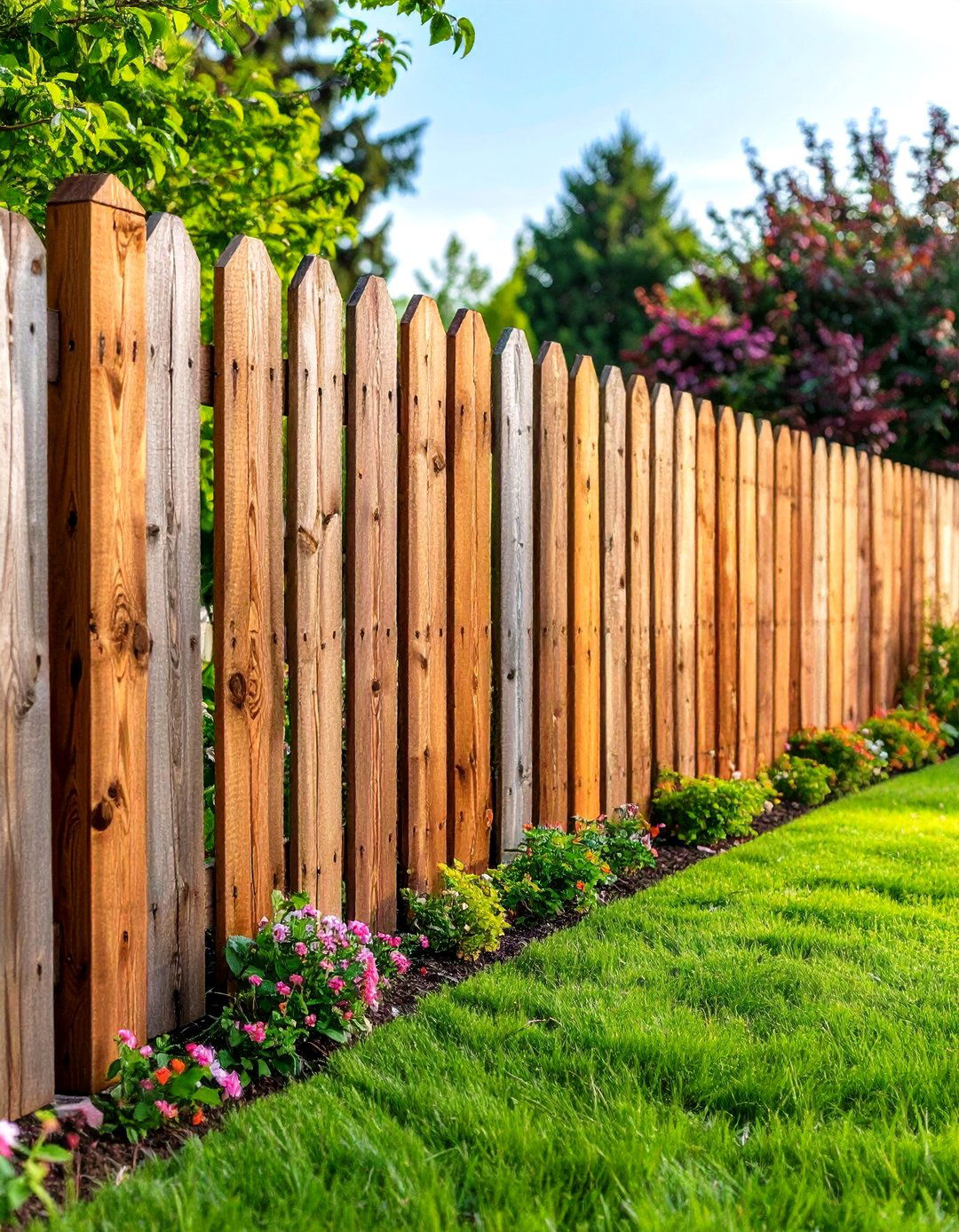
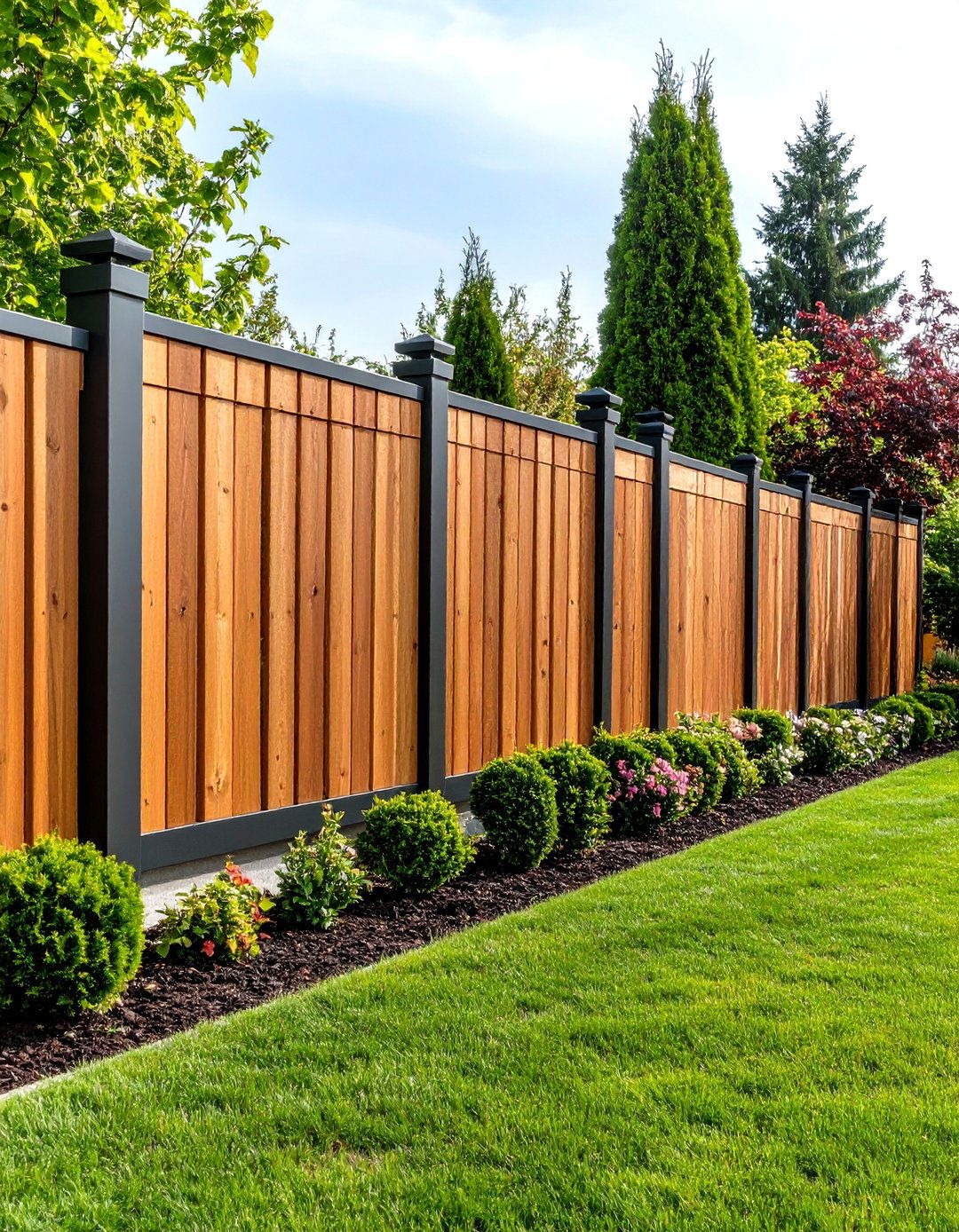
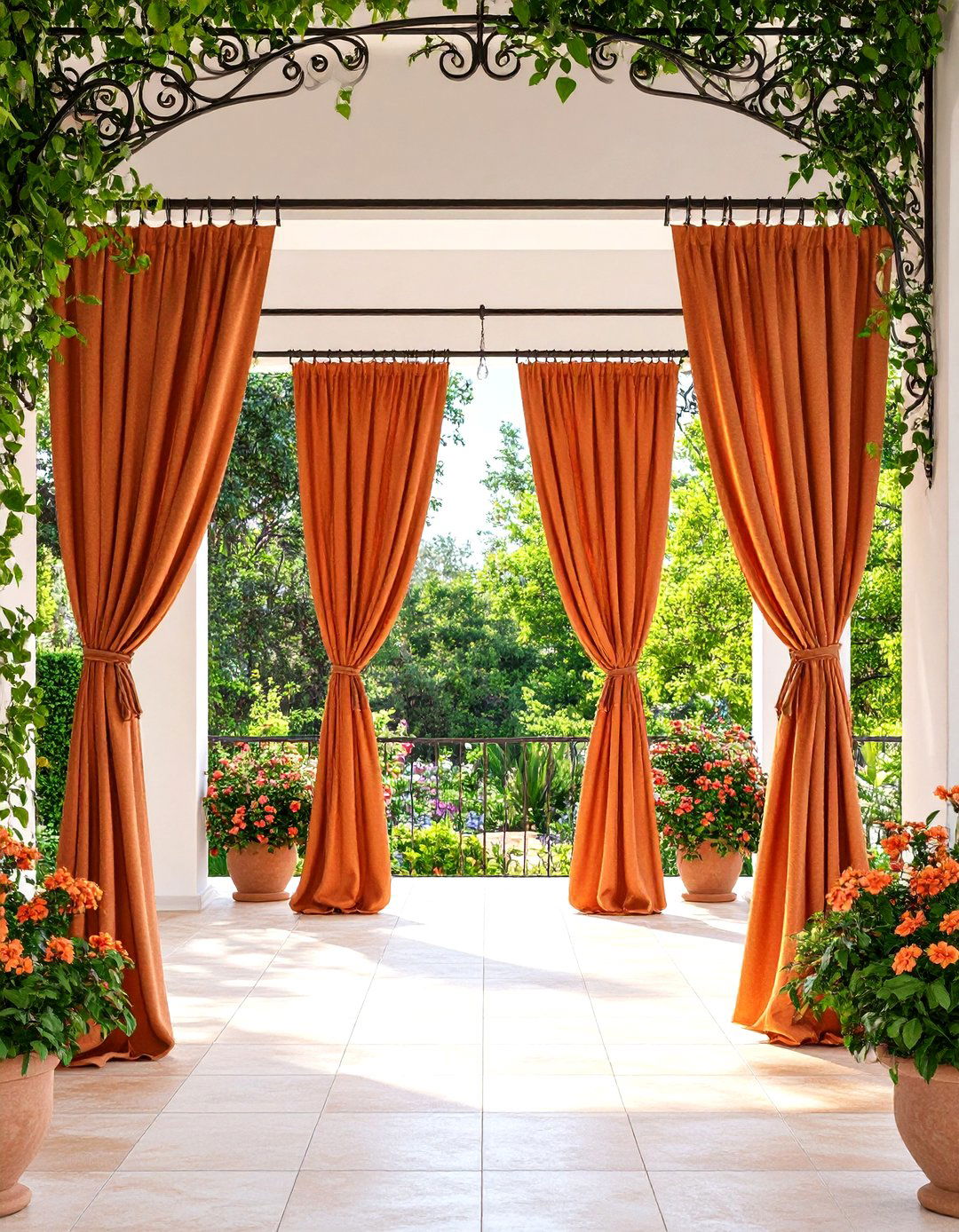
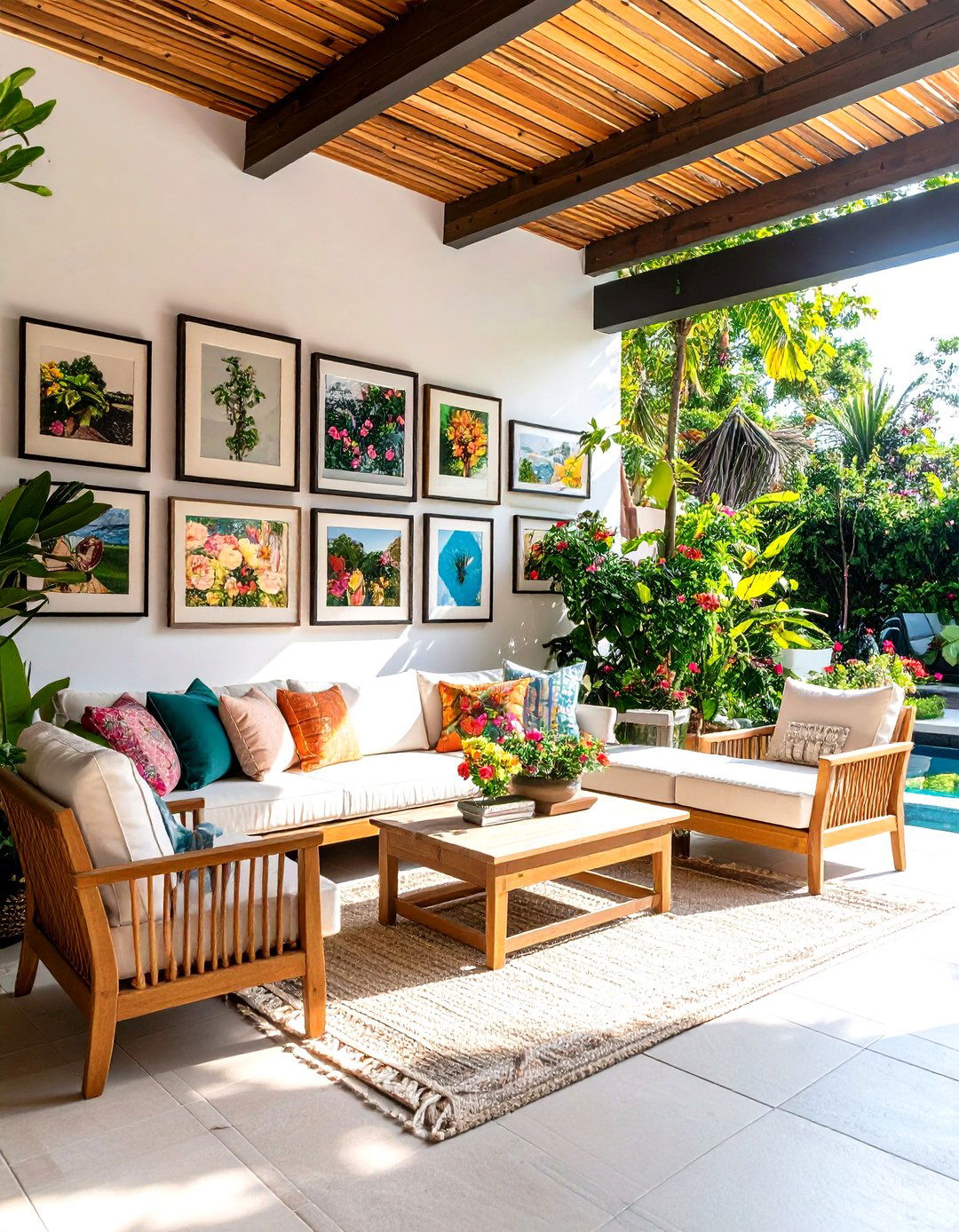
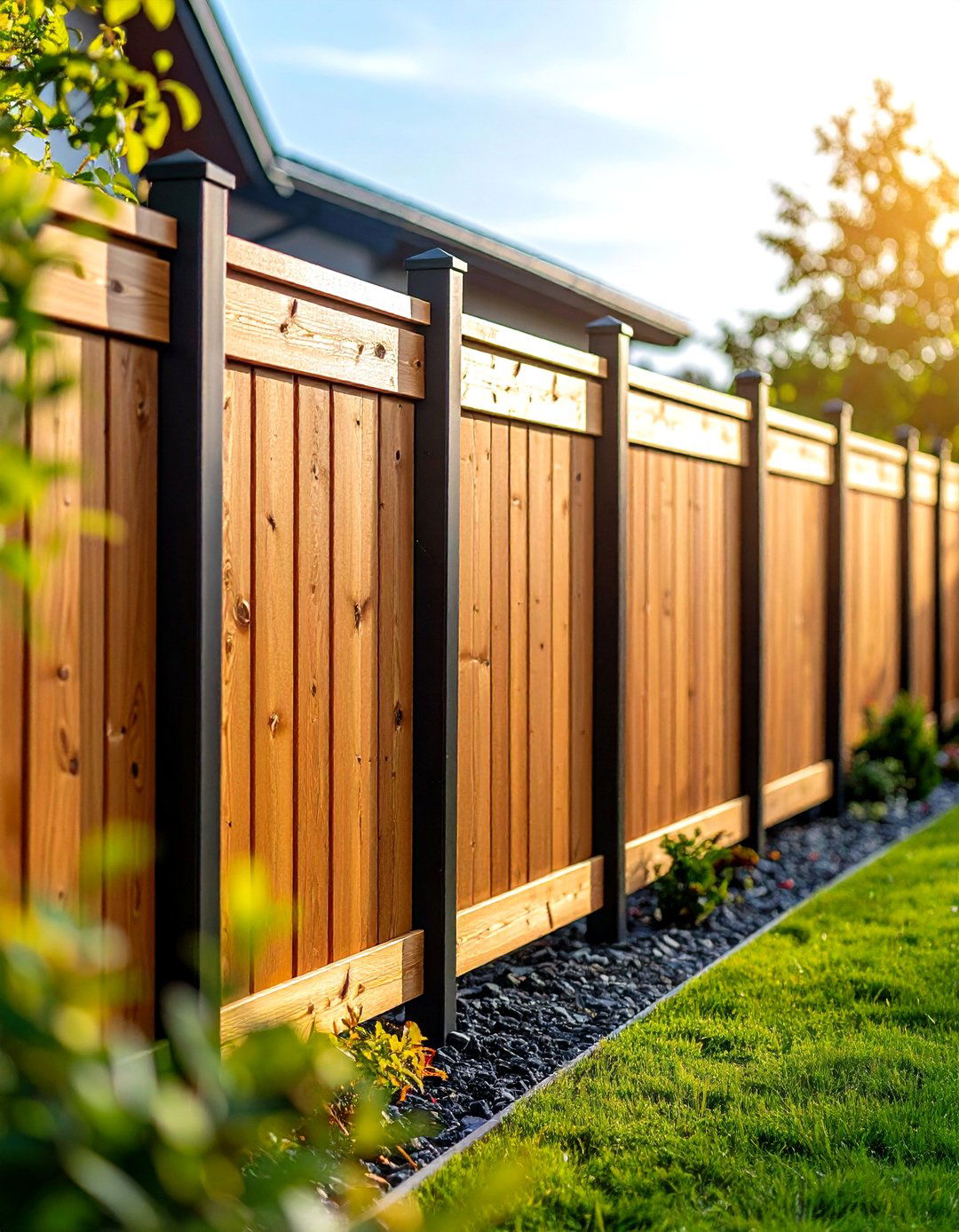
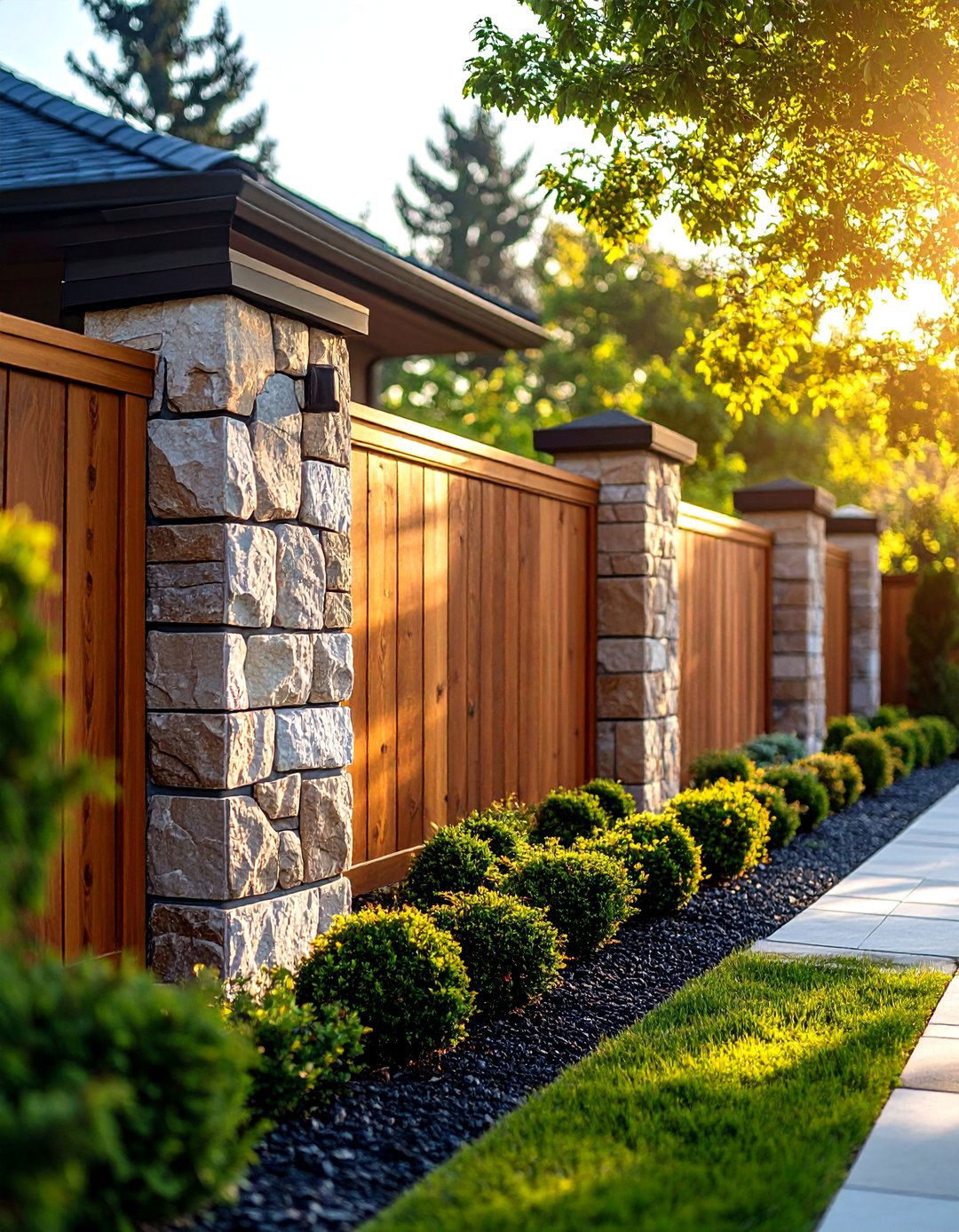
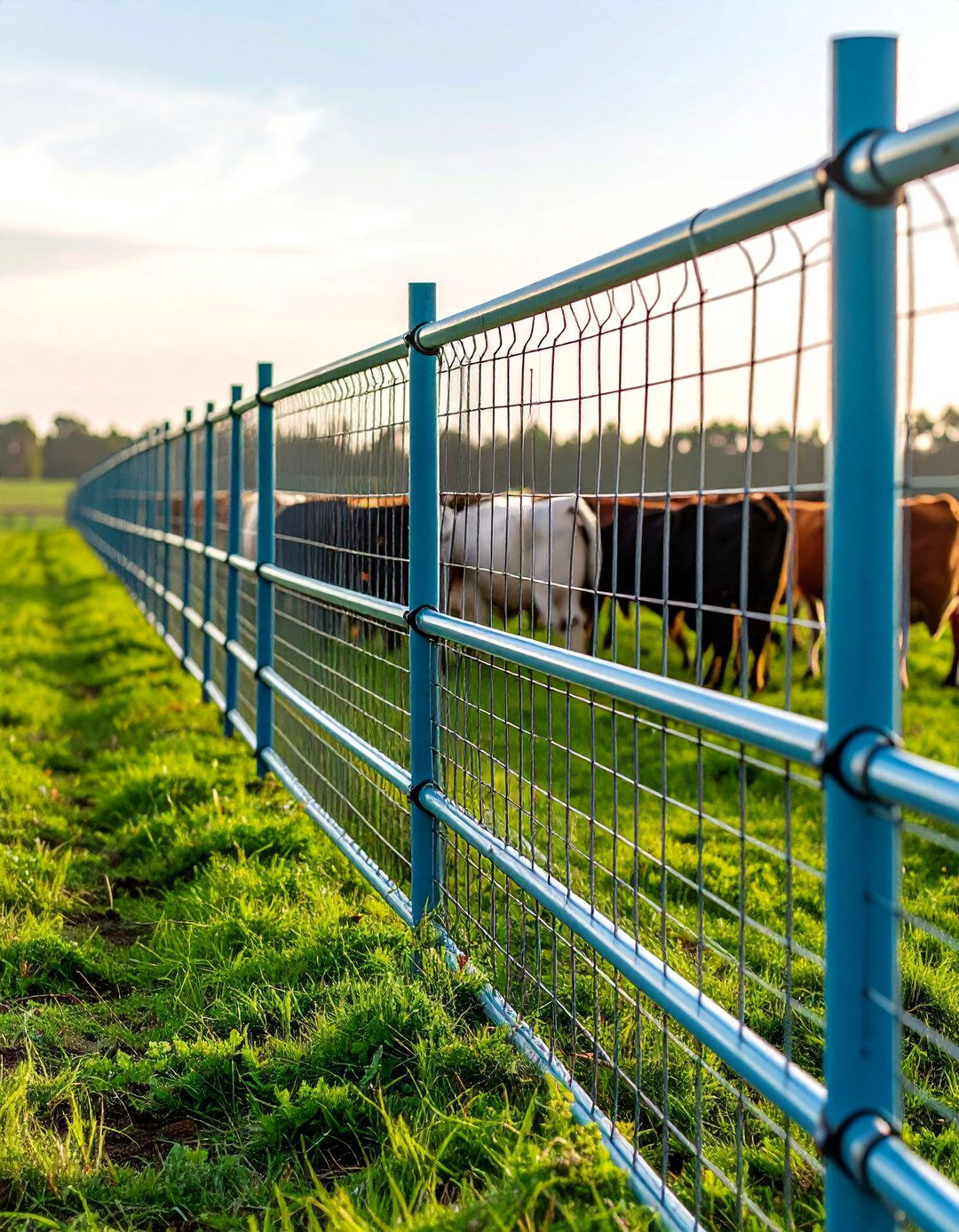
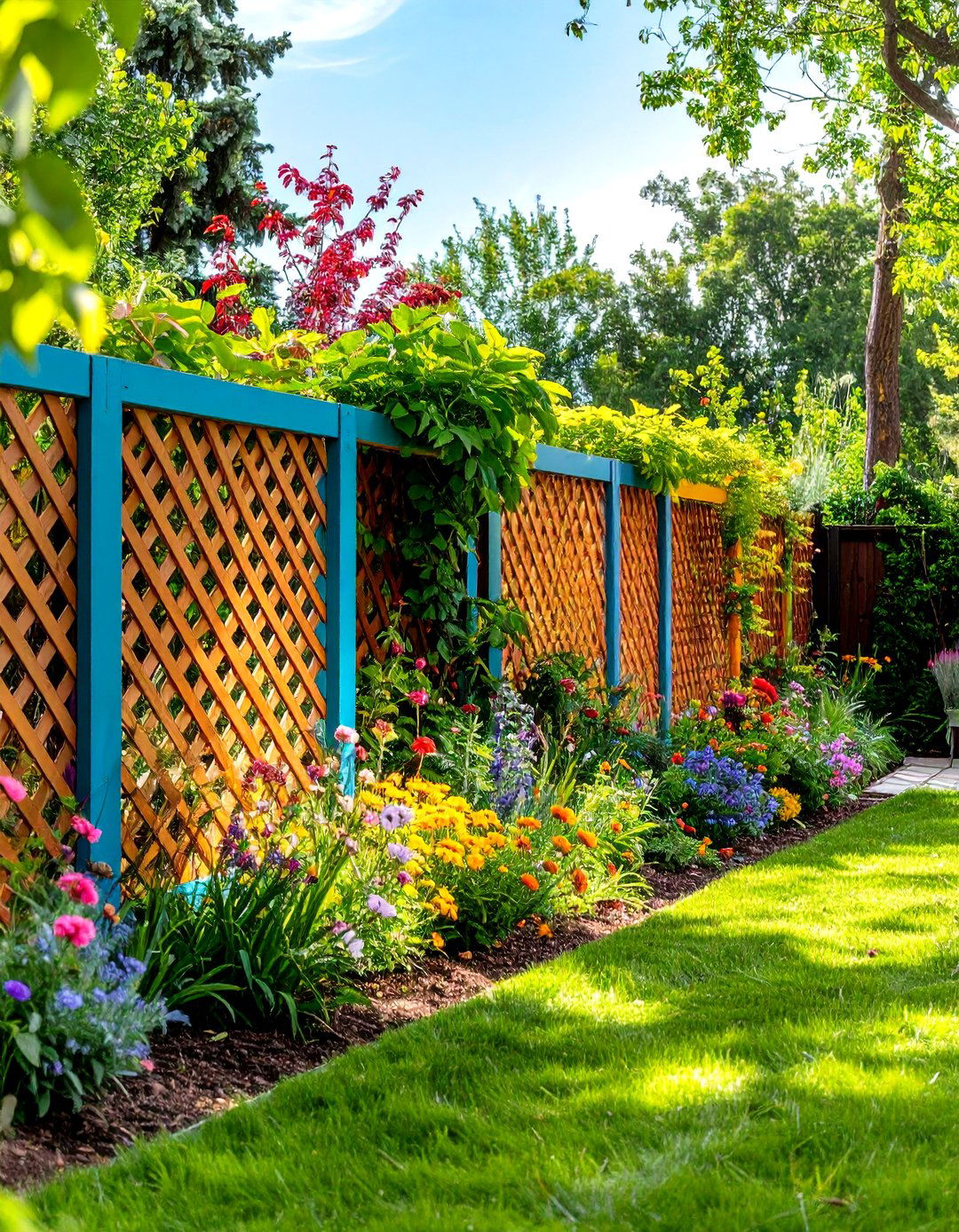

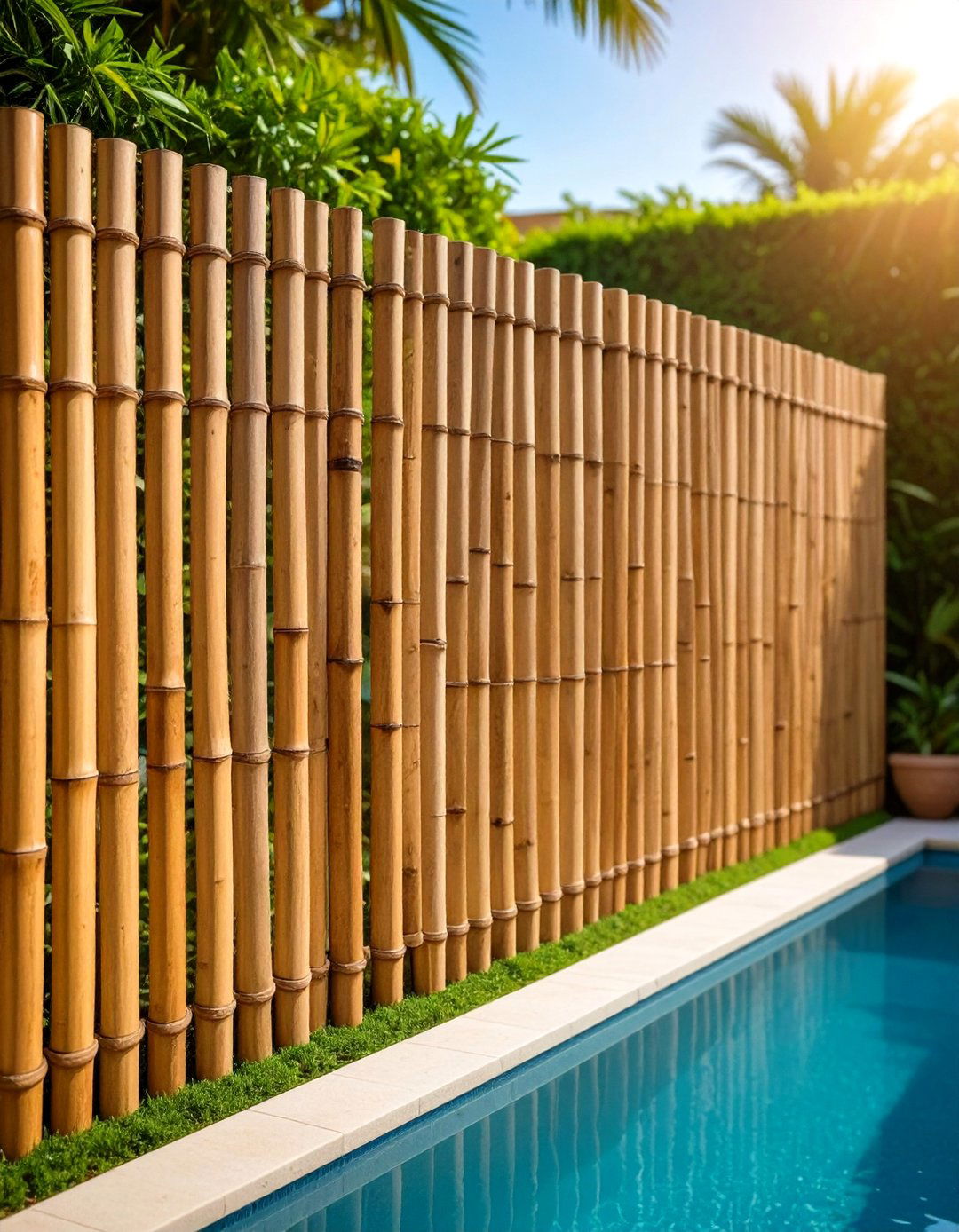
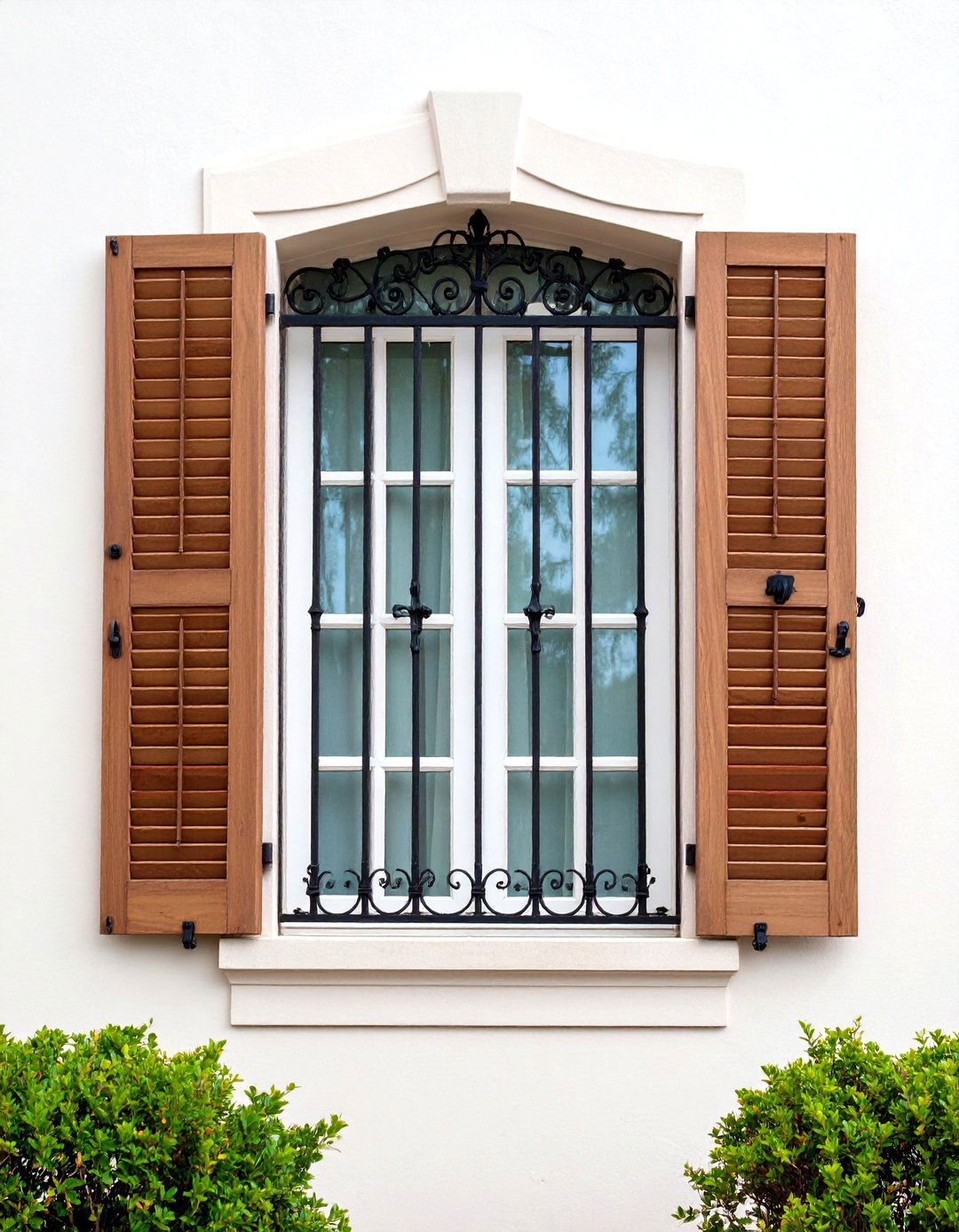
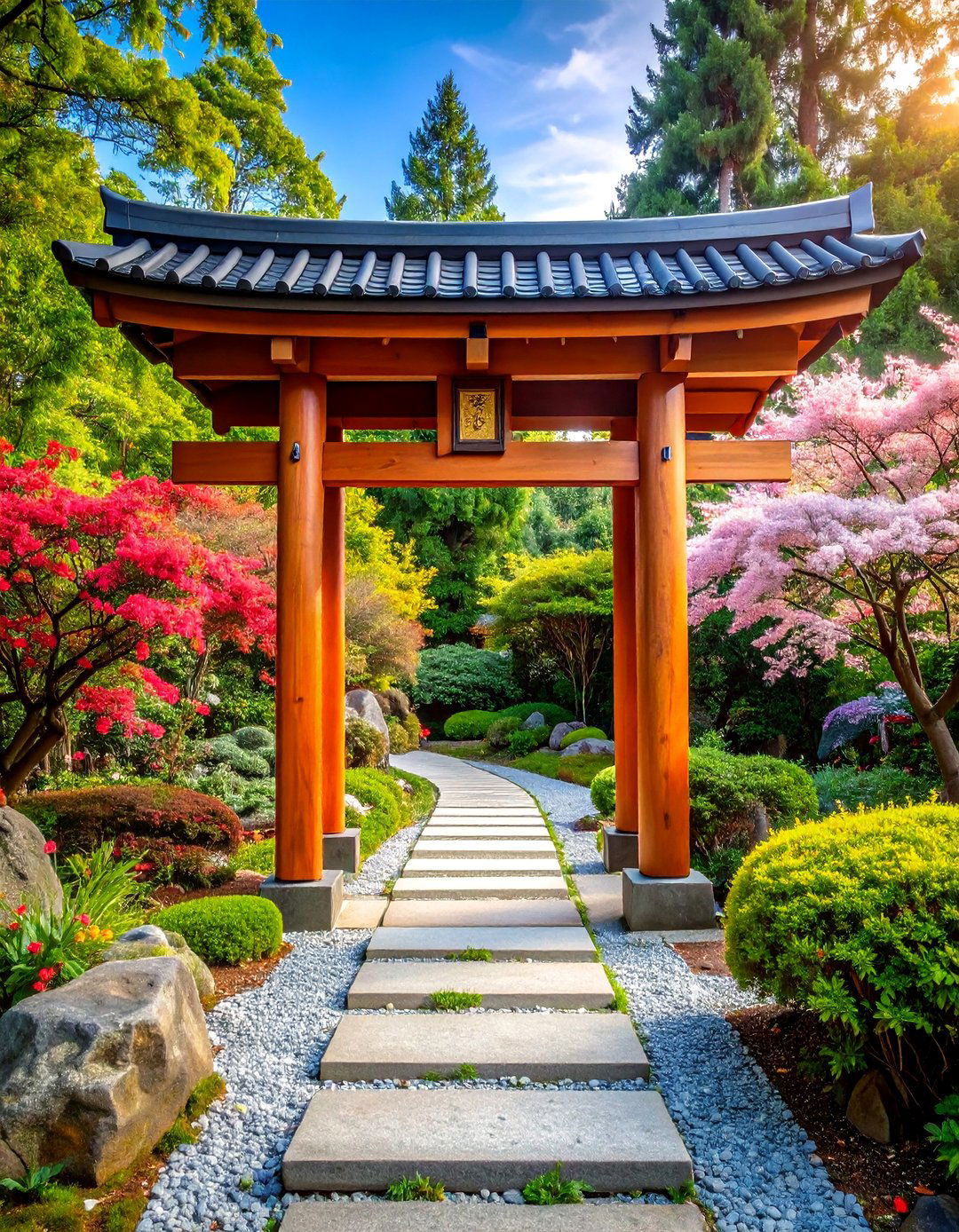

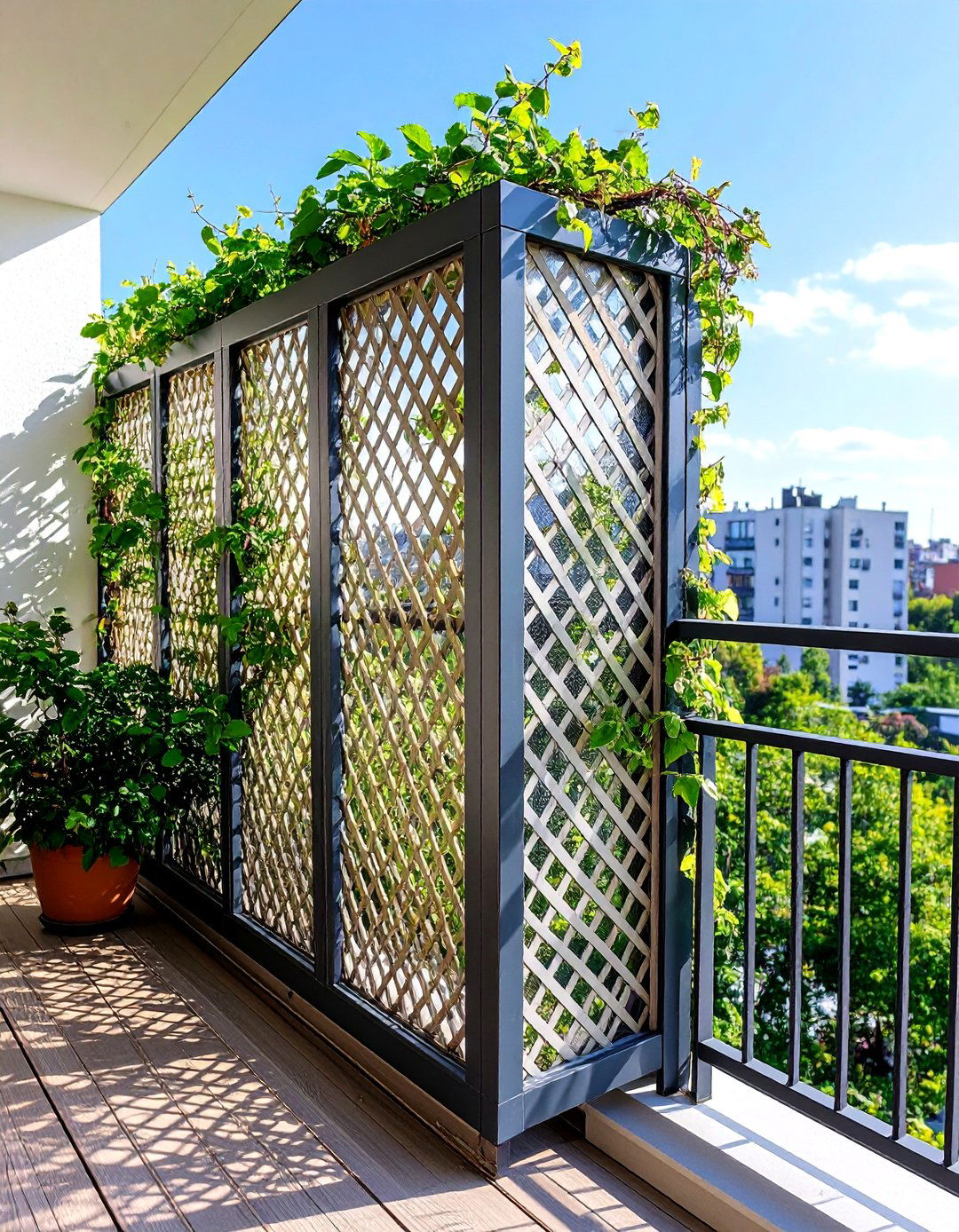
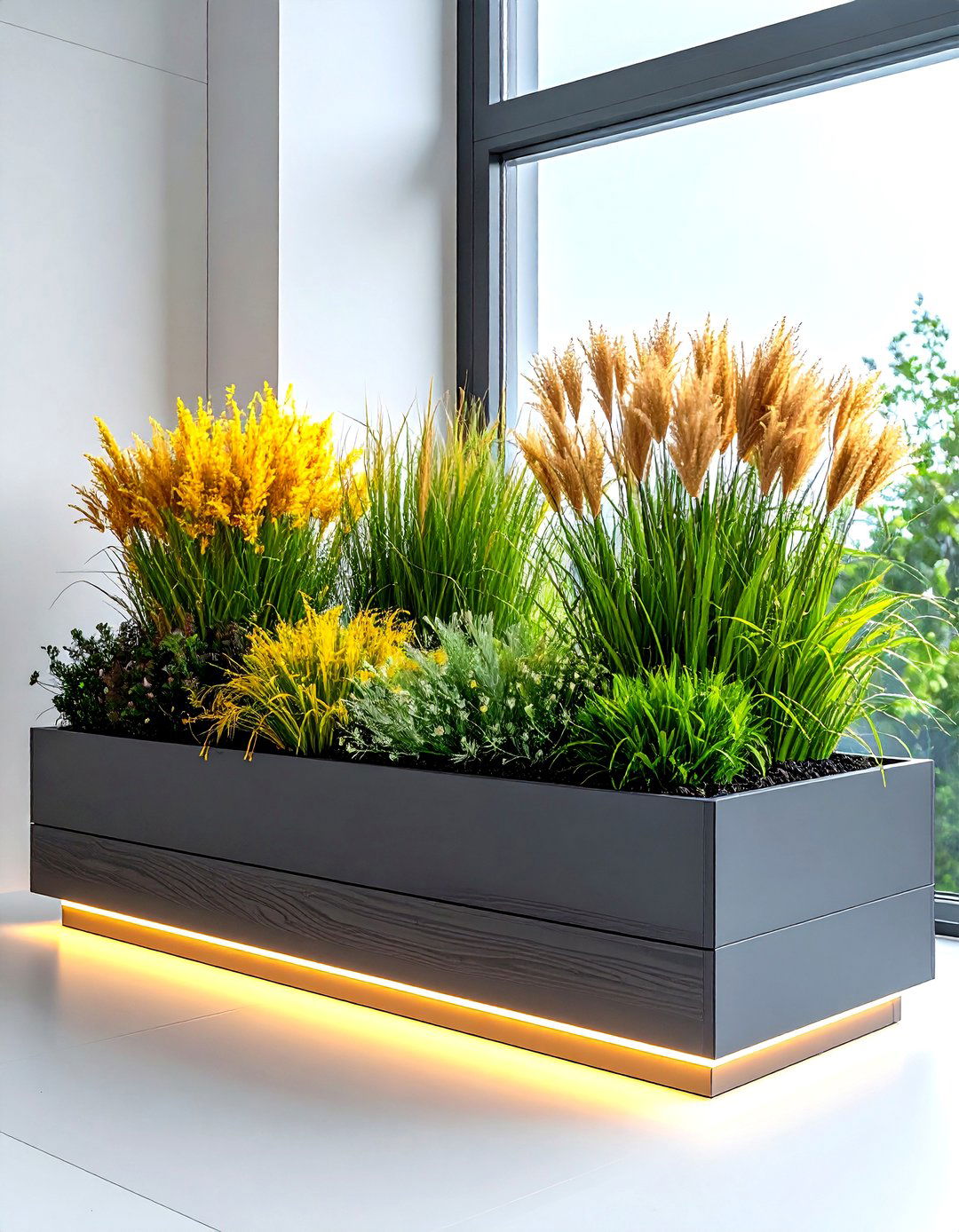
Leave a Reply